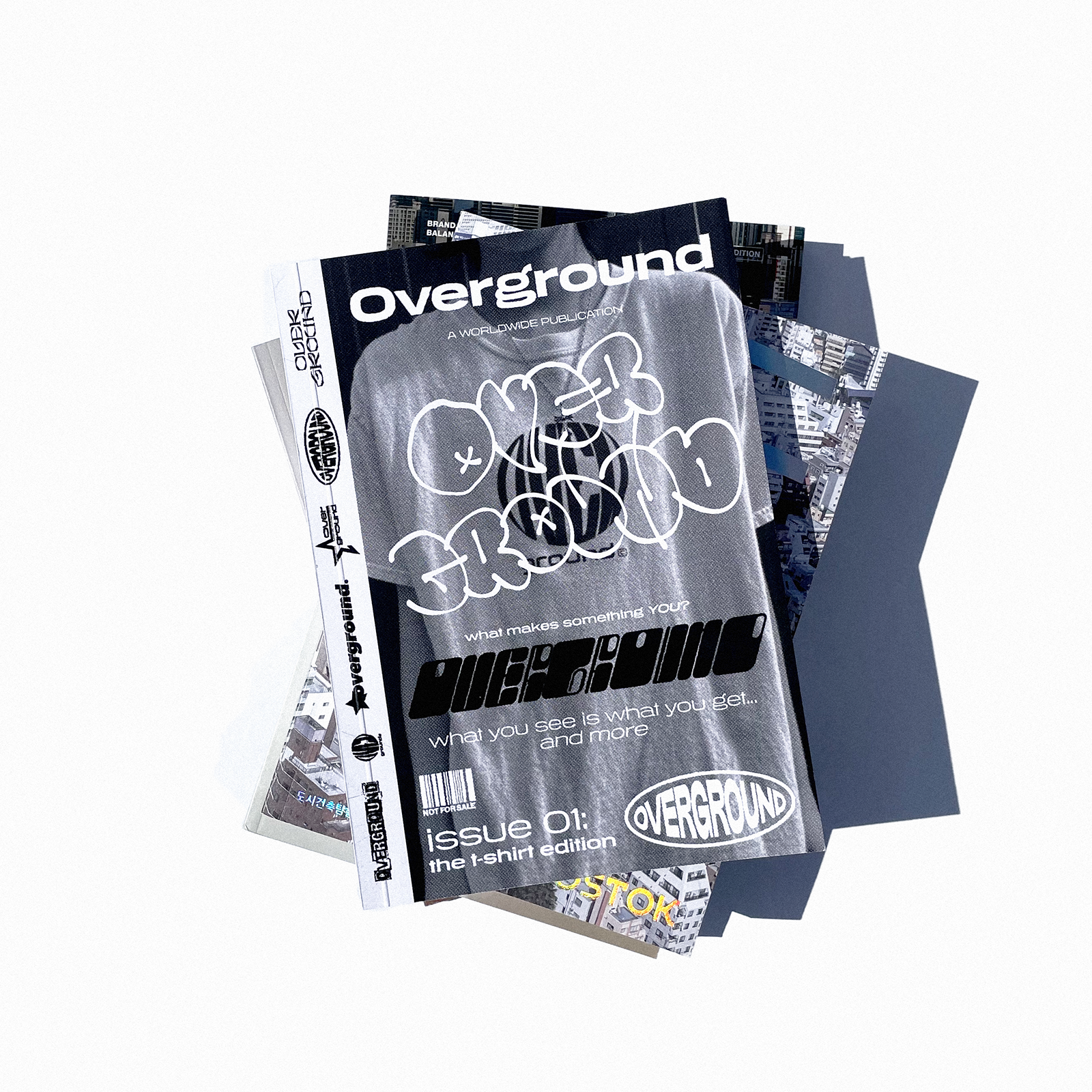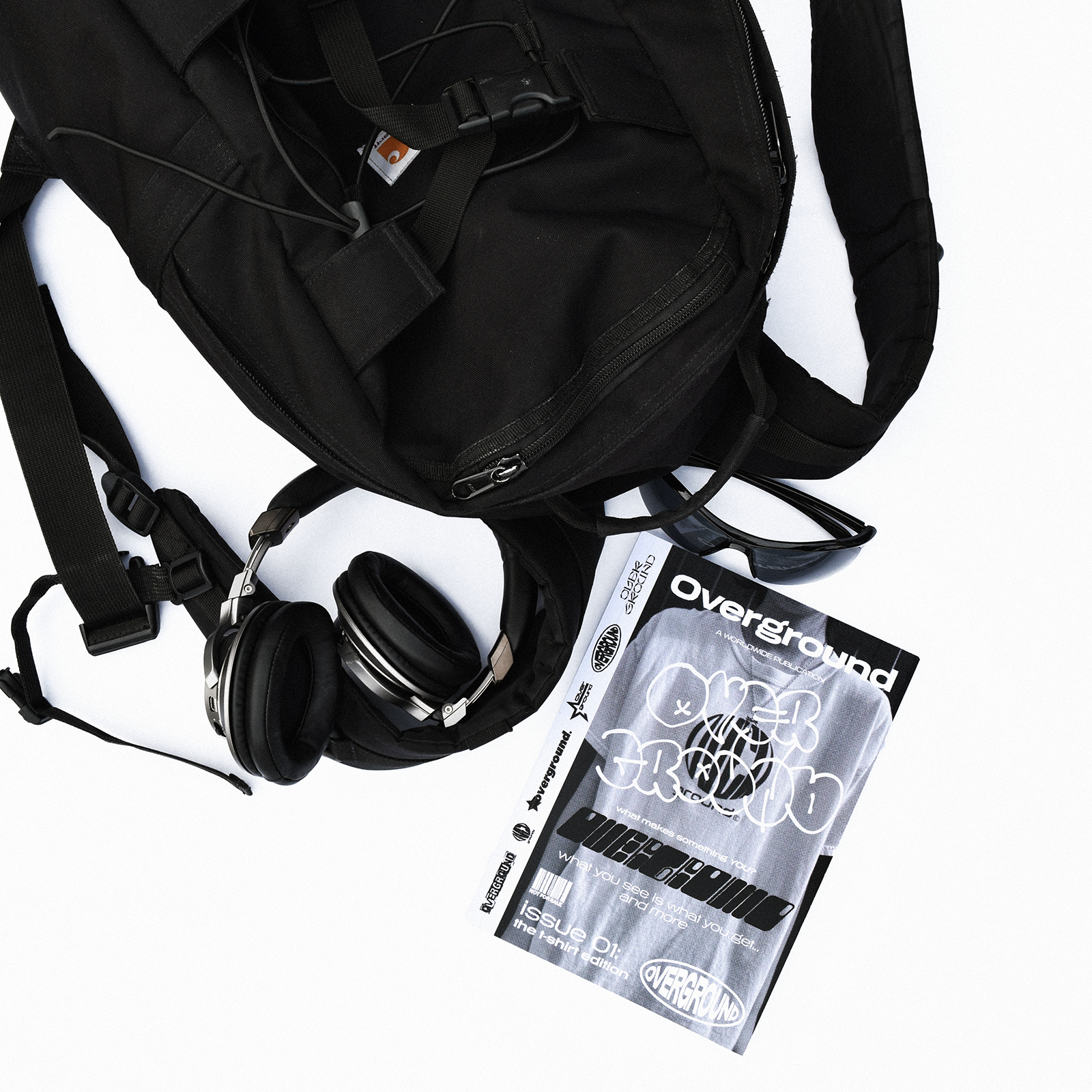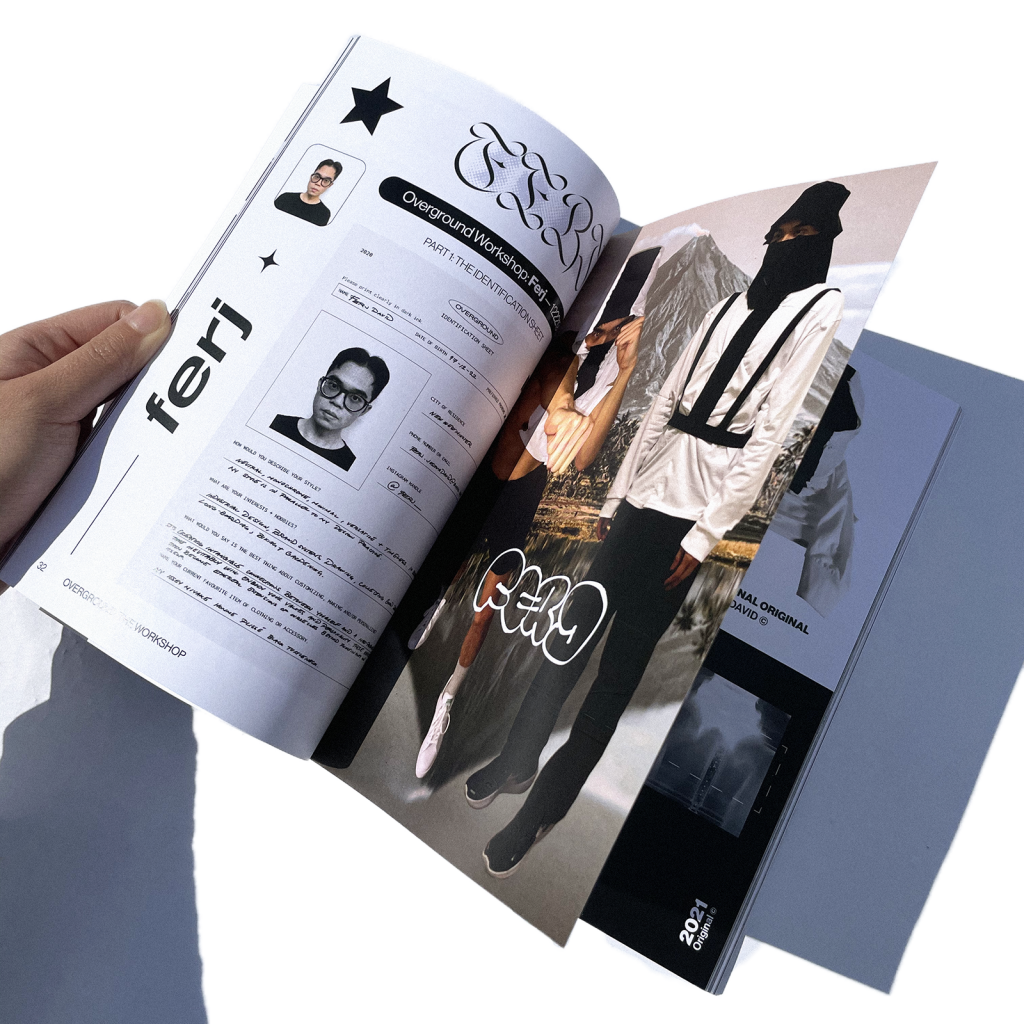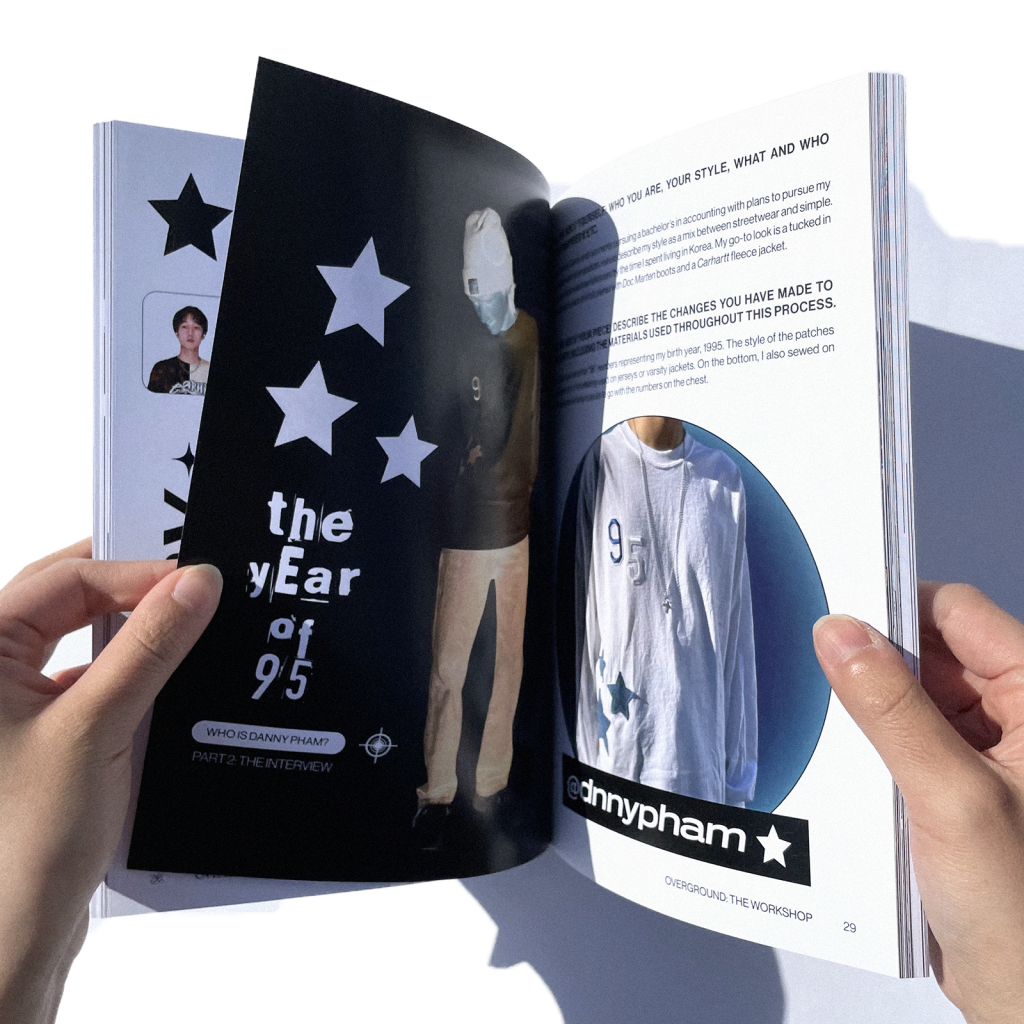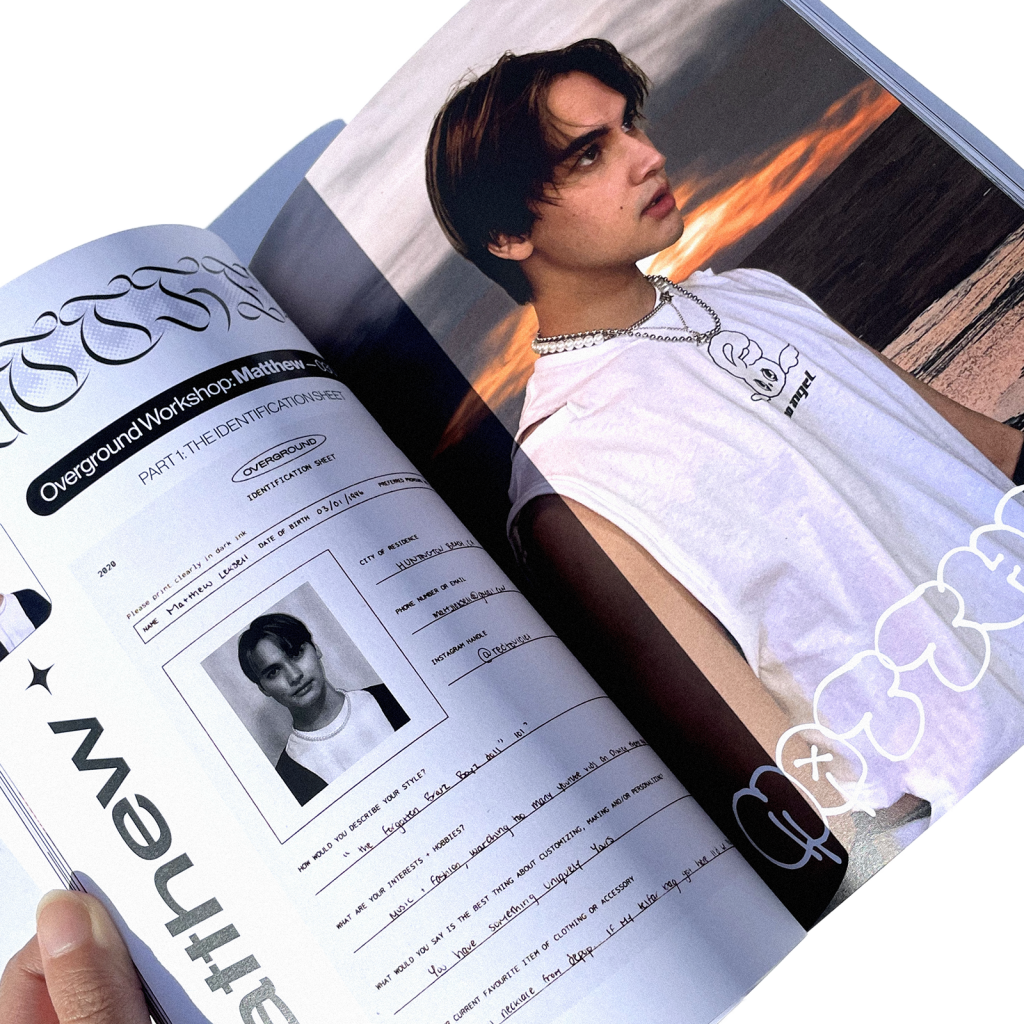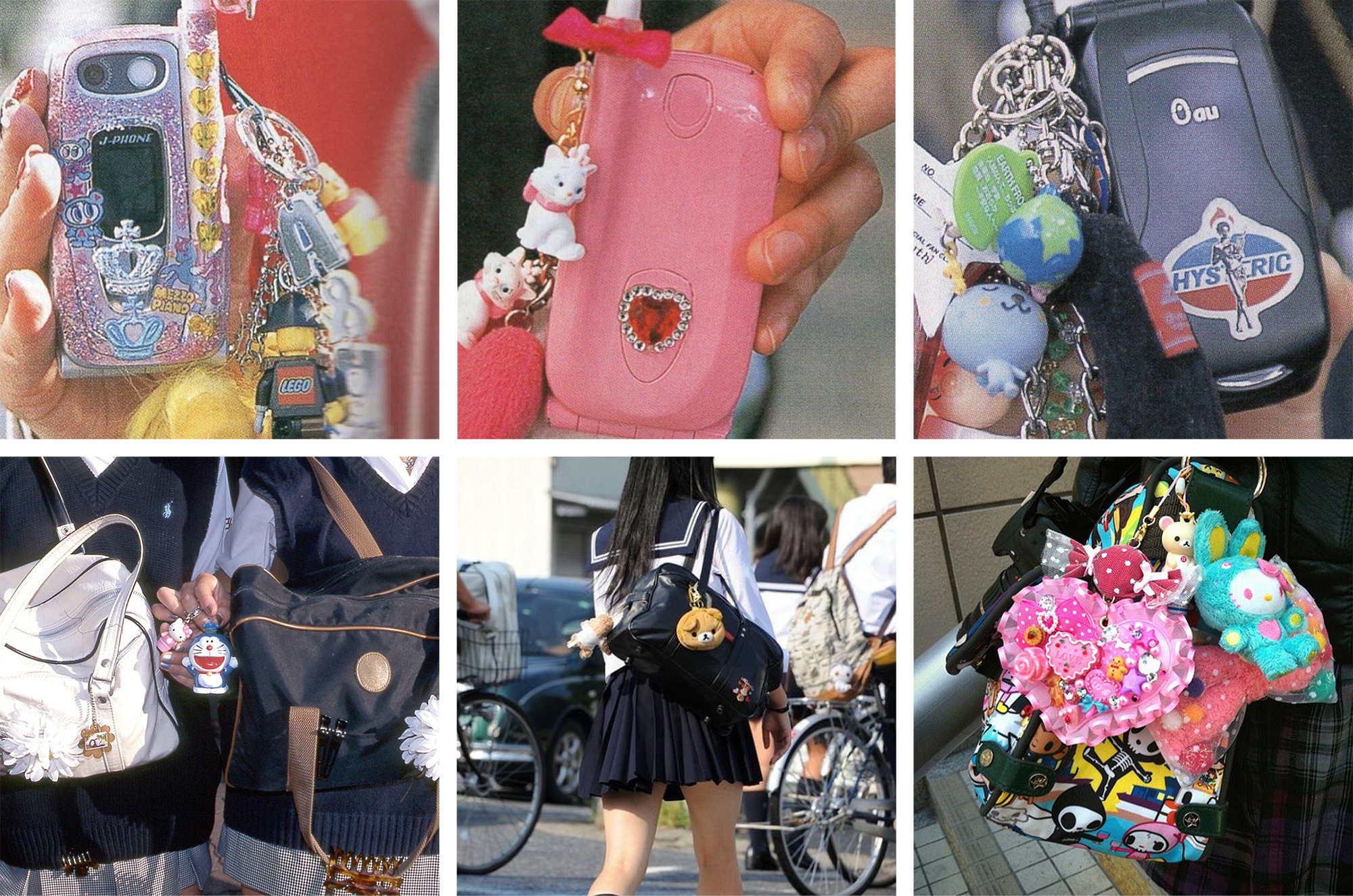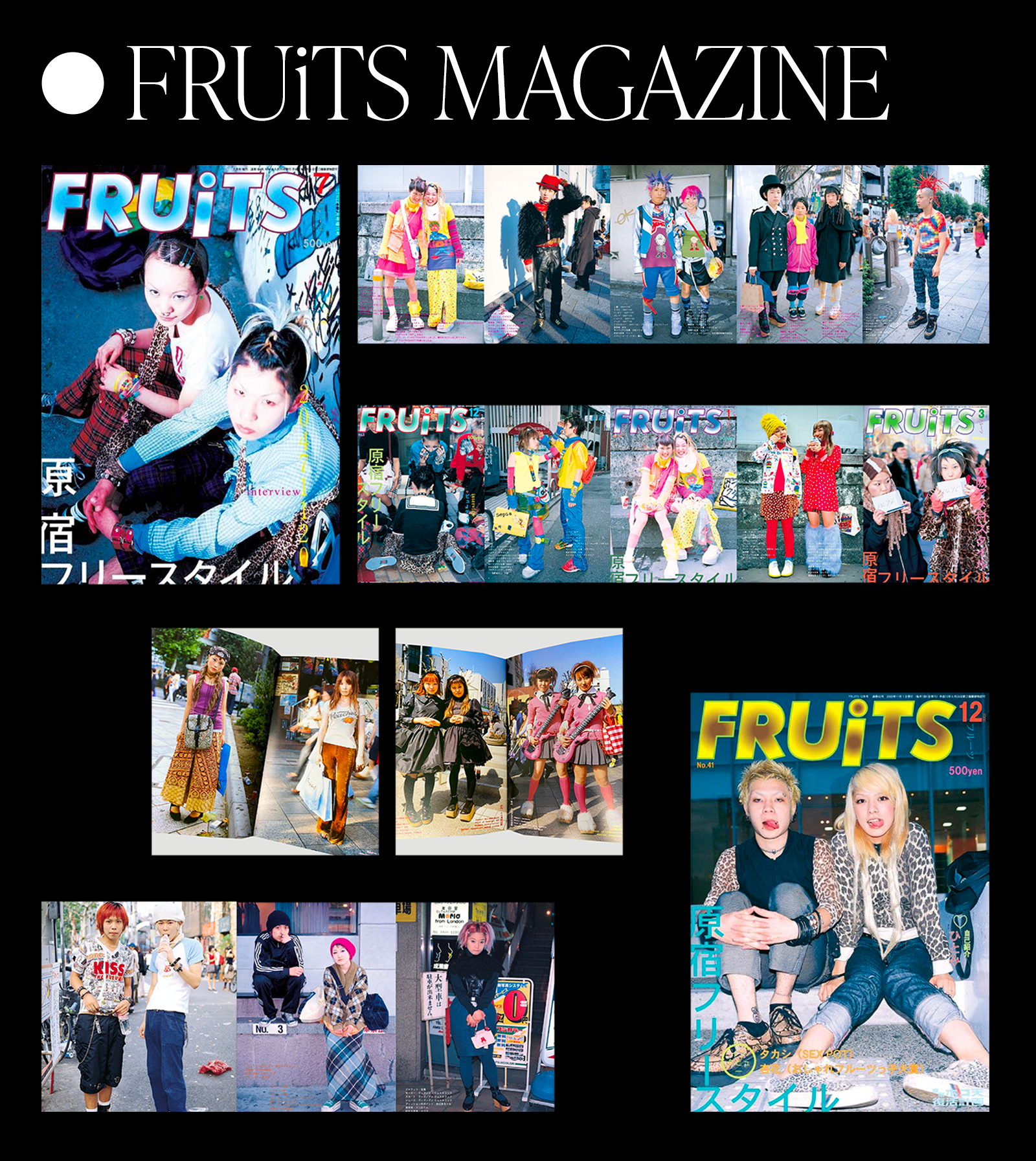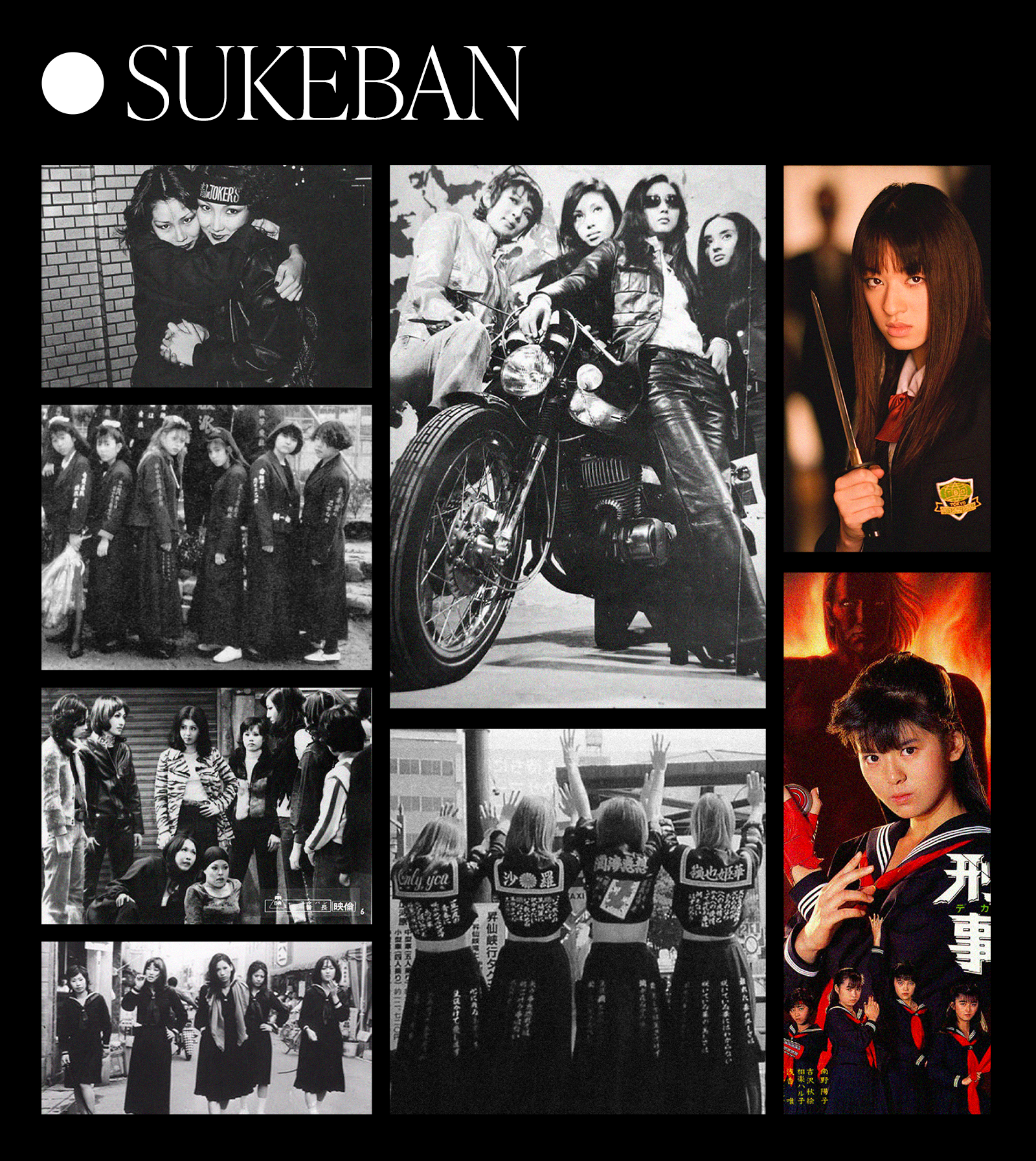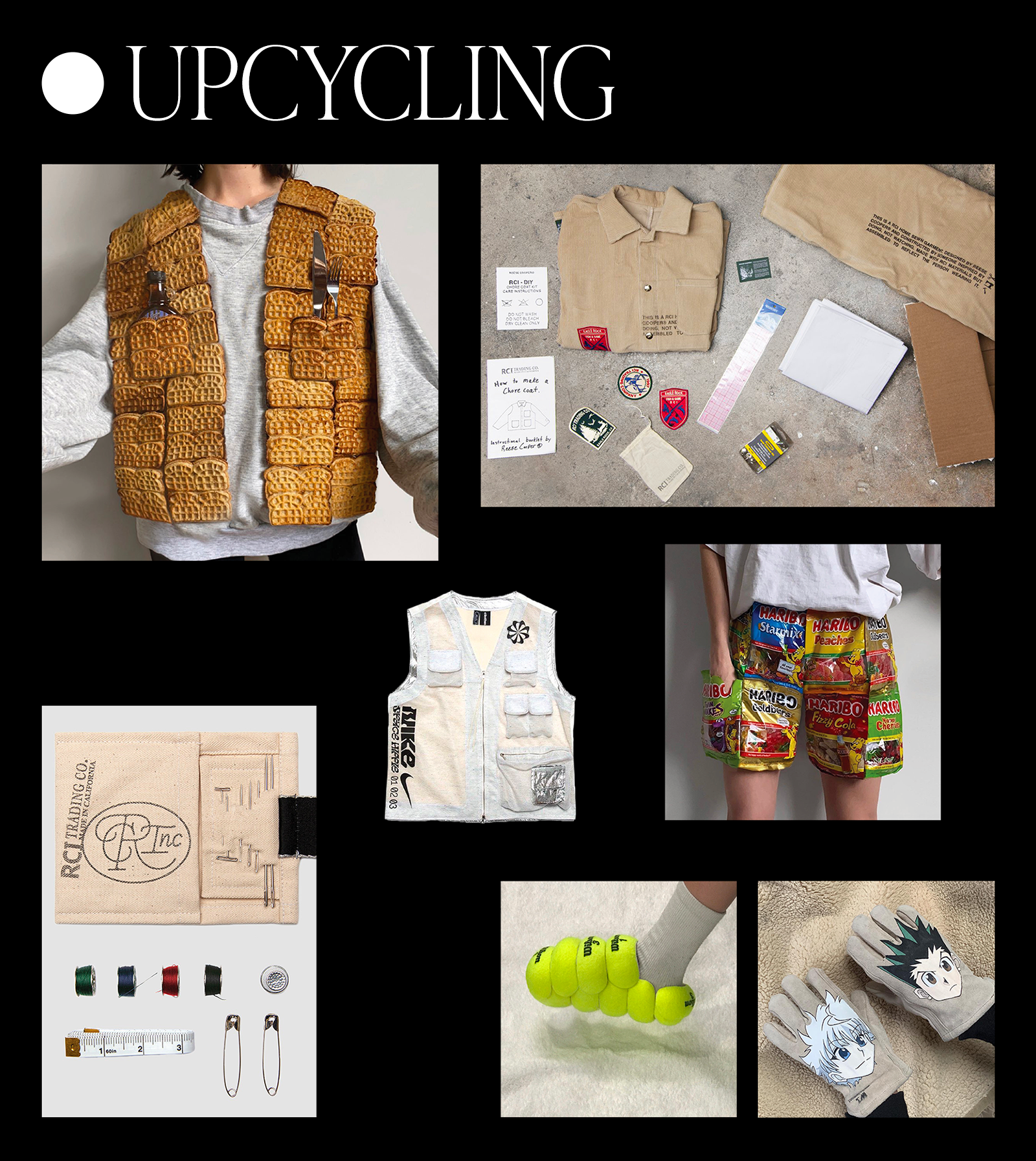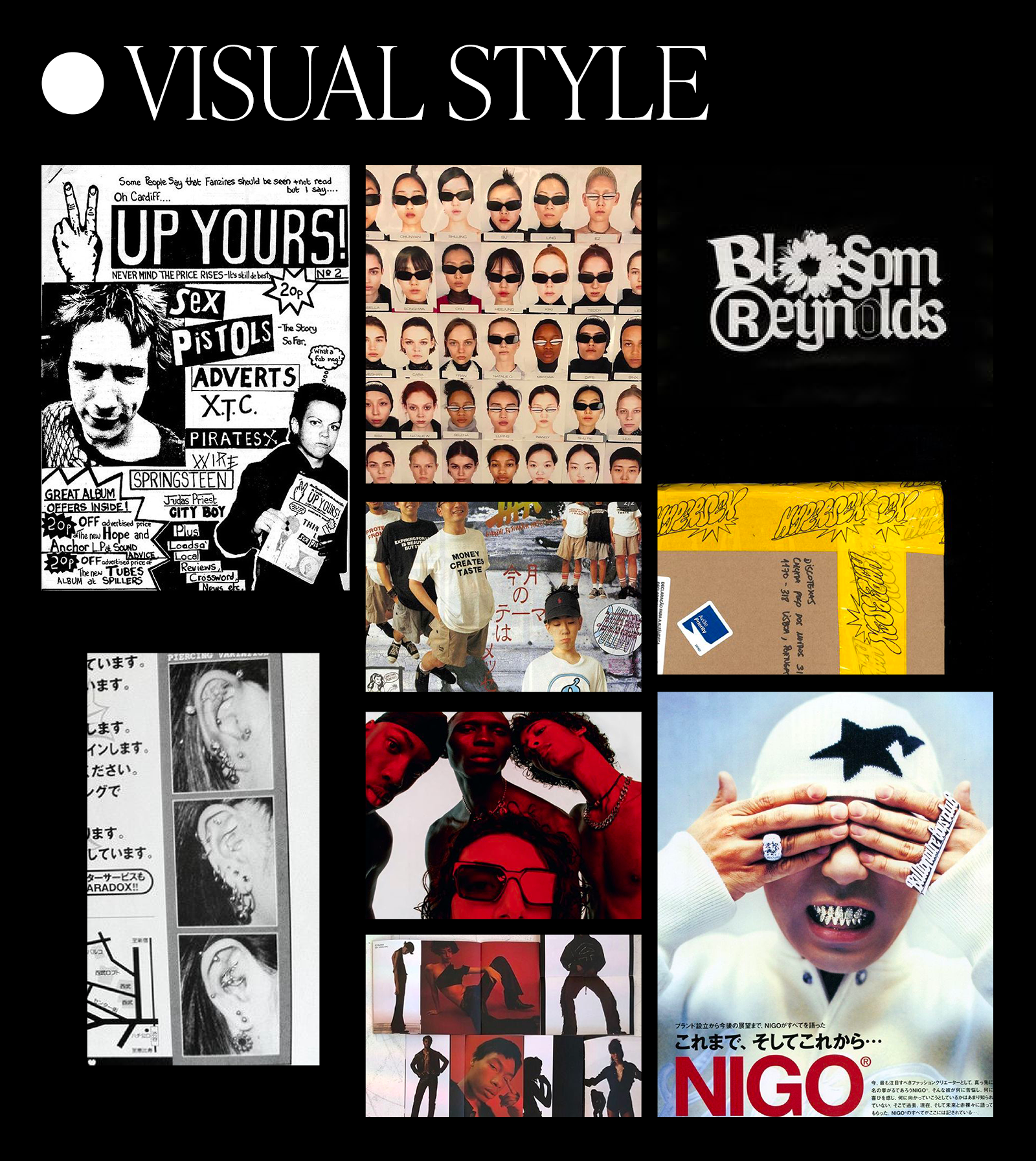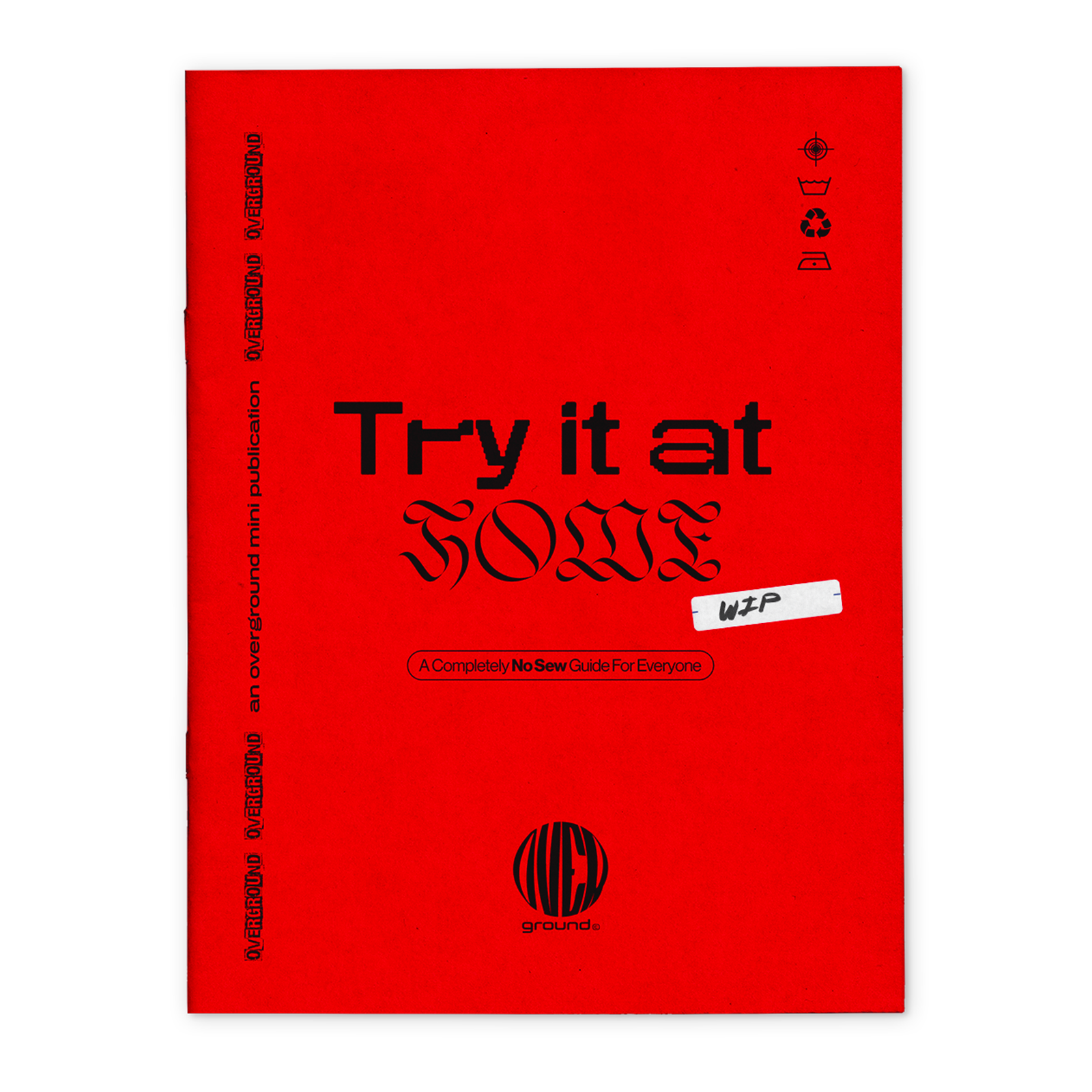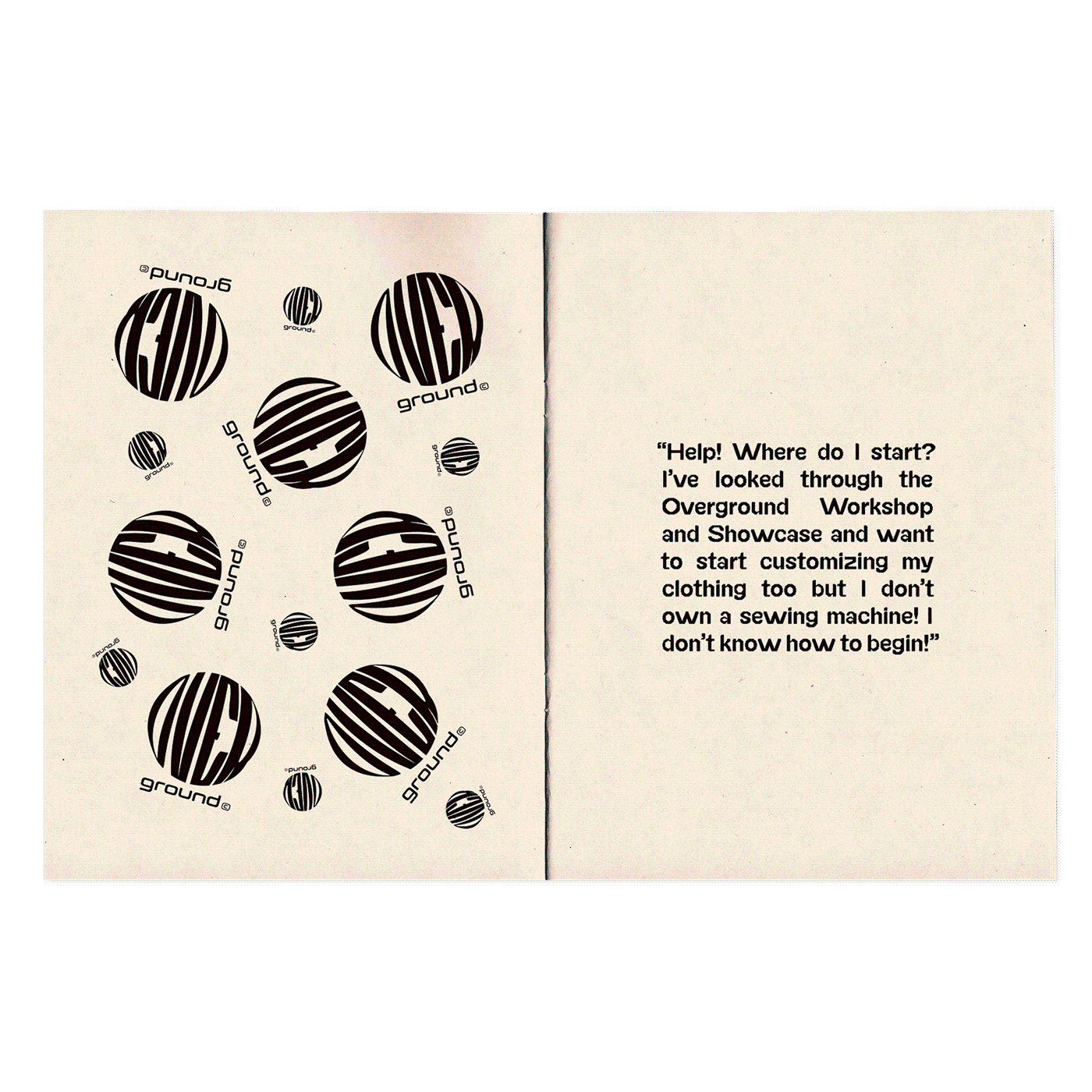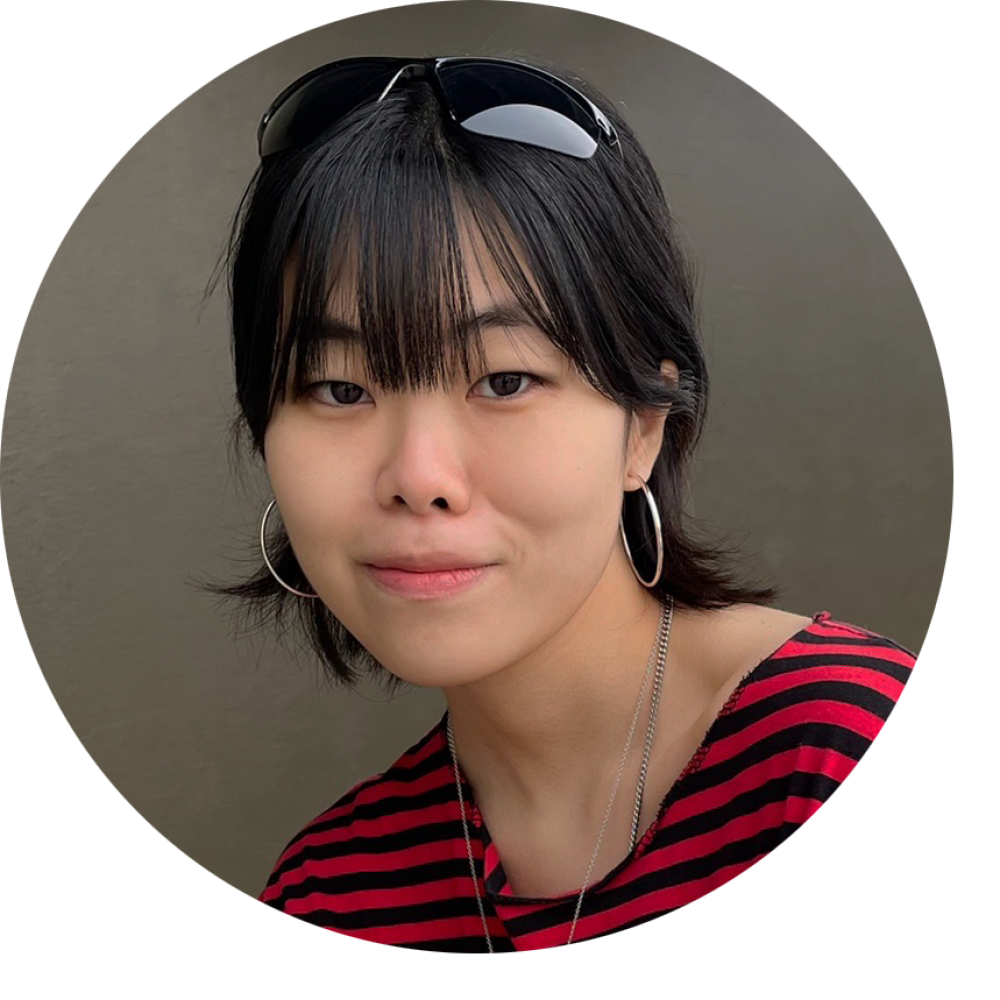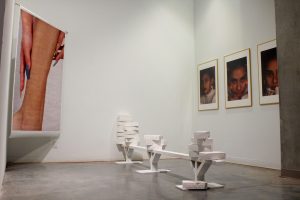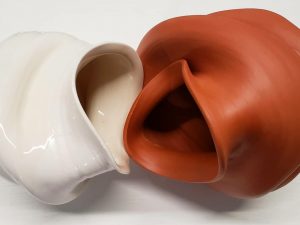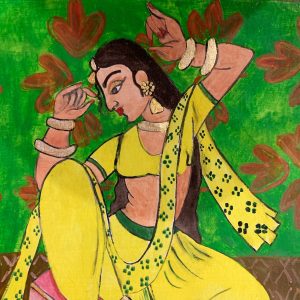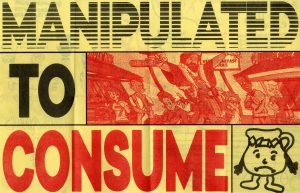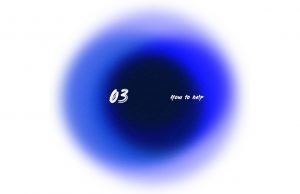🥽 OVERGROUND
Nicole Yamamoto
What You See Is What You Get… And More ⭑
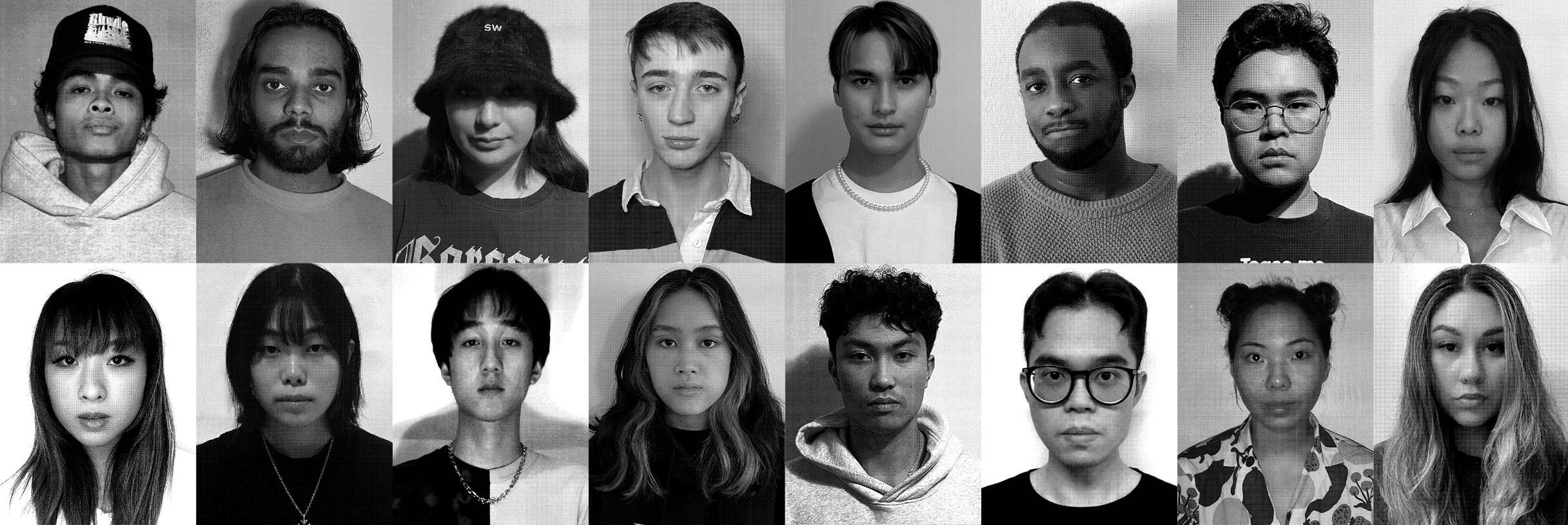
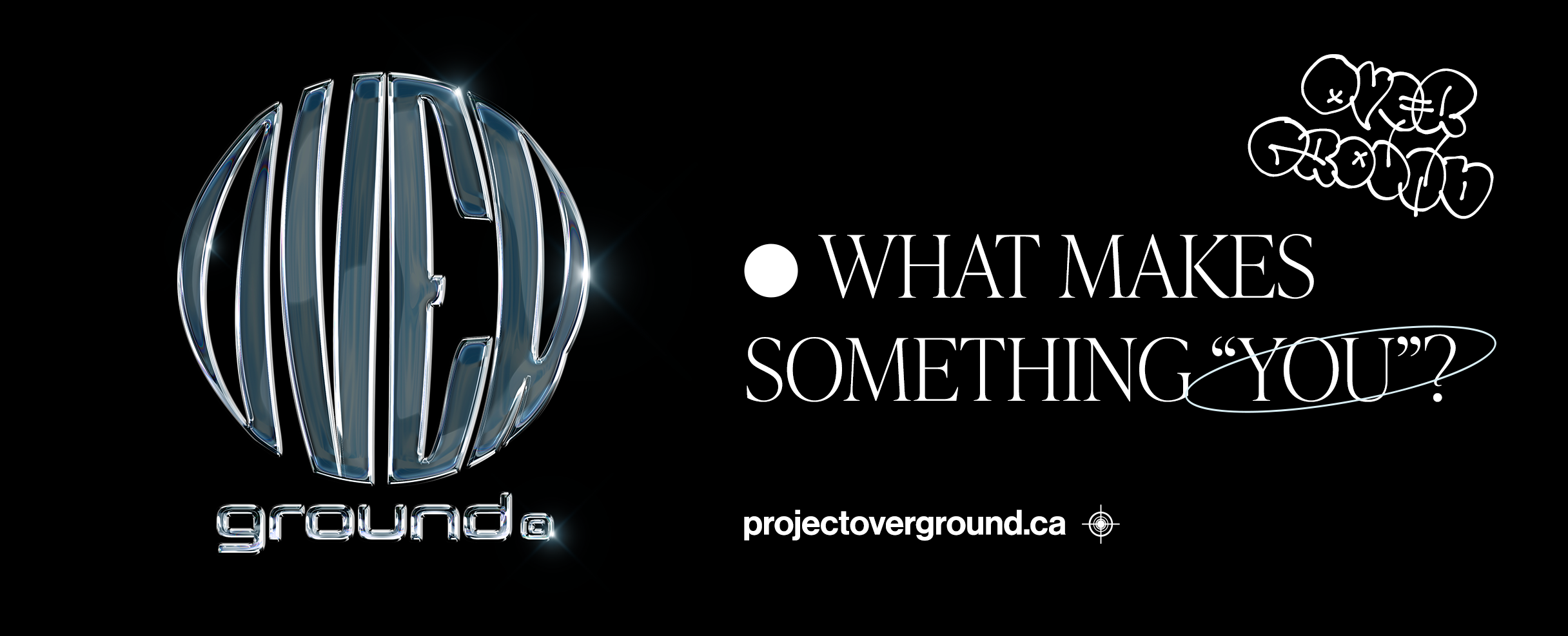
☞ Overground: What You See Is What You Get… And More
How can we use our personal clothing as symbols of originality and individuality? How can one item differentiate when altered by two people? Ten people? Twenty? Understanding the choices we make when it comes to how we present ourselves and what we wear on our body is crucial to recognizing the importance of having individual expression, as well as holding conversations around the role clothing plays in constructing identity.
Overground: What You See Is What You Get… And More is a project that presents and celebrates these unique identities as seen and presented through the customization of fashion. Through a workshop and a showcase, personal stories and narratives are shared, encouraging ideas of modification and alteration over the purchasing of fast fashion or “hypebeast” culture. This publication serves as an archive, a lookbook, and an inspiration for makers of all skill levels.

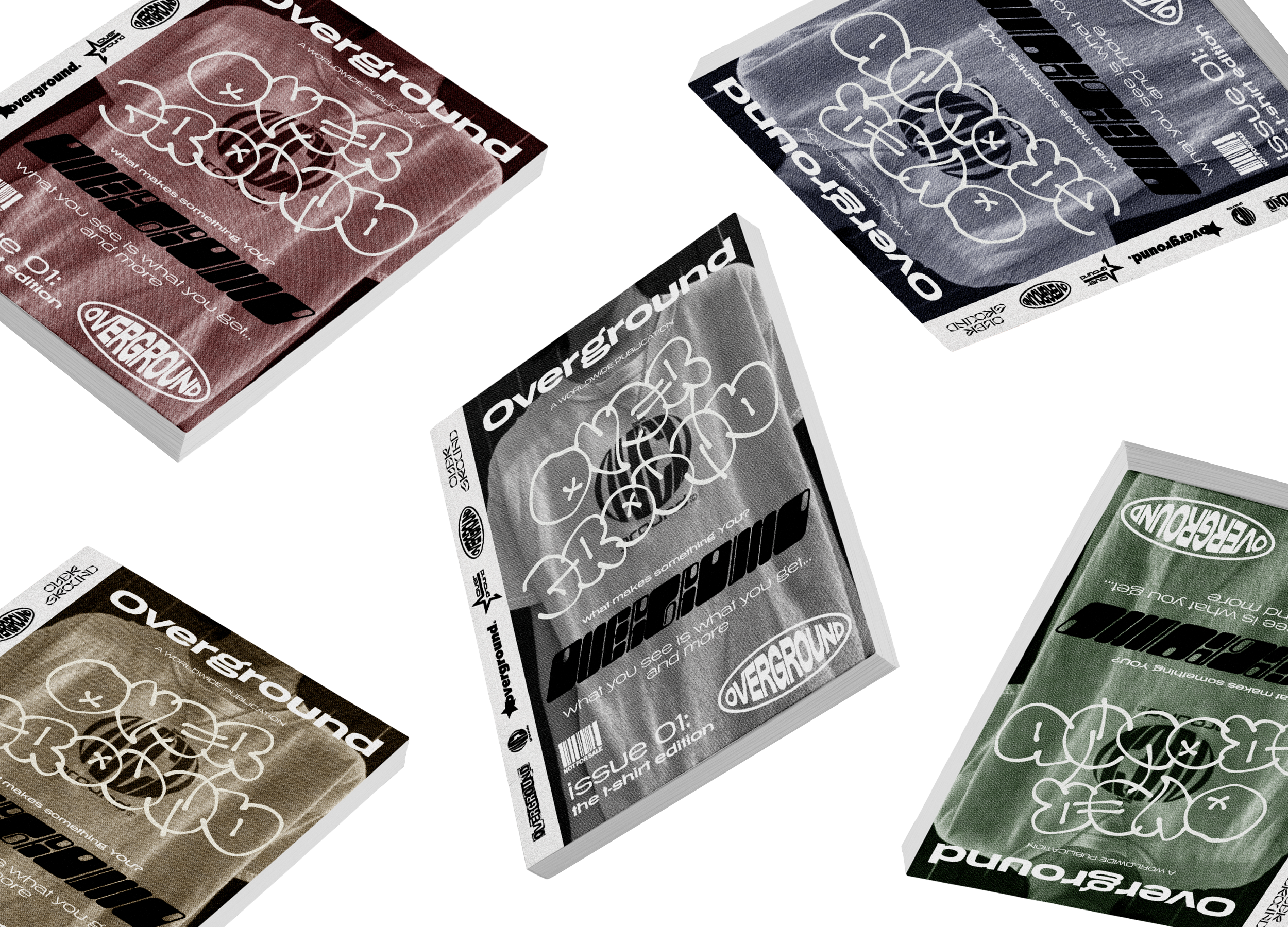
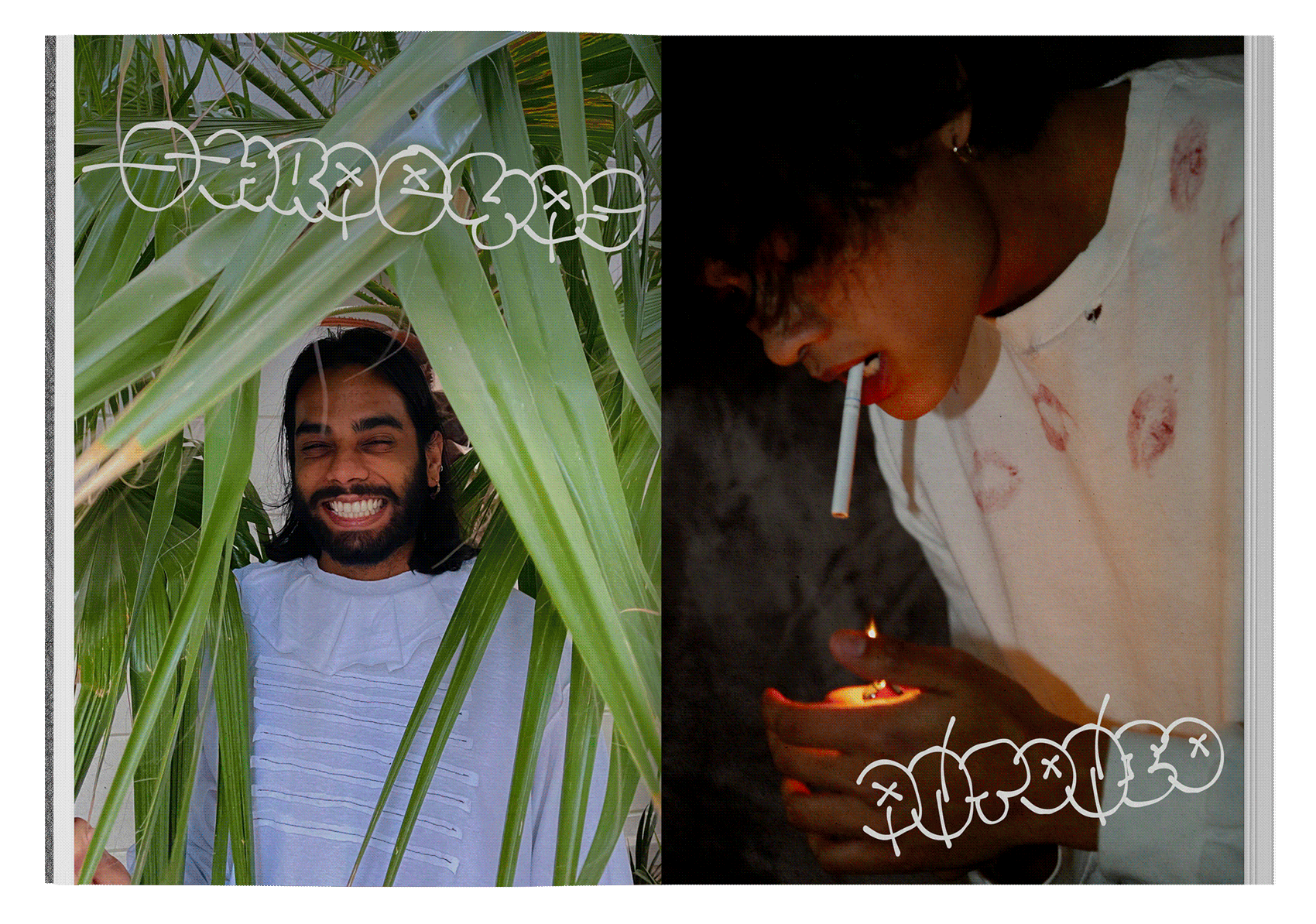
☞ The Objectives
- Encourage self-expression through item customization.
- Illustrate personal stories and narratives behind personalized pieces.
- Promote modification and alteration instead purchasing into privileged “luxury” fashion or labour-abusive, planet-damaging fast fashion.
- Celebrate our differences!
Picking and choosing fully produced clothing at the store is already an essential statement on its own—fashion itself is a substantial factor in expressing identity—but Overground takes it one step further: by putting the wearer in complete control. By showcasing the infinite possibilities available within the process of modifying a simple white t-shirt, this project aims to inspire all readers to think about who they are, their interests, and what makes them special.
☞ A Little Backstory
This project originally stemmed from my passion for the fashion sphere from my own Japanese culture, where elements such as clothing shapes who you are, determining whether you stand out or blend in, depending on what you desire. I was particularly intrigued by the surge of cellphone charms and school bag keychains used by Japanese students who wanted to add personality and individuality to their otherwise bland and monotonous school uniforms. Riding a train and seeing specific types of characters strung onto a phone or backpack is extremely alluring because it gives a random onlooker a slight viewpoint into their lives without even knowing them personally.
Overground shares this experience with others in the realm of clothing instead, and brings these captivating narratives to the forefront. Instead of using default bags or cellphones, I wanted to start with one of the most staple clothing pieces: the white t-shirt, which serves as a perfect blank canvas.
☞ Content + Concept Research
☞ Prepping the Participants
Due to the COVID-19 pandemic, all work was conducted remotely. Participants were sent digital guidelines regarding filling out identification sheets, altering the workshop shirt, and photographing the final pieces.
Participants also completed hard copy identification sheets, writing out answers by hand. Questions included personal information as well as brief inquiry into their personal style.
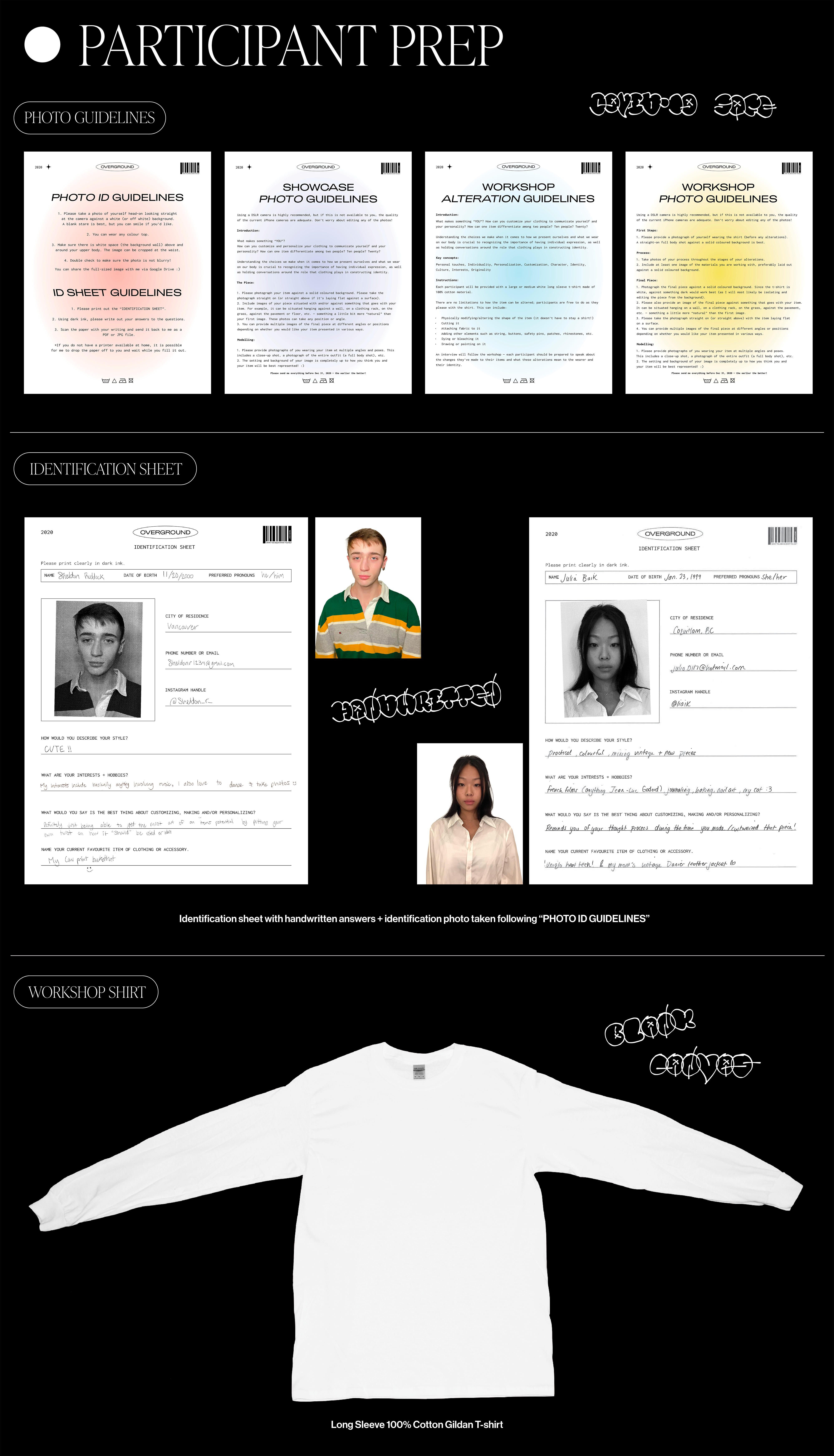
☞ The Project
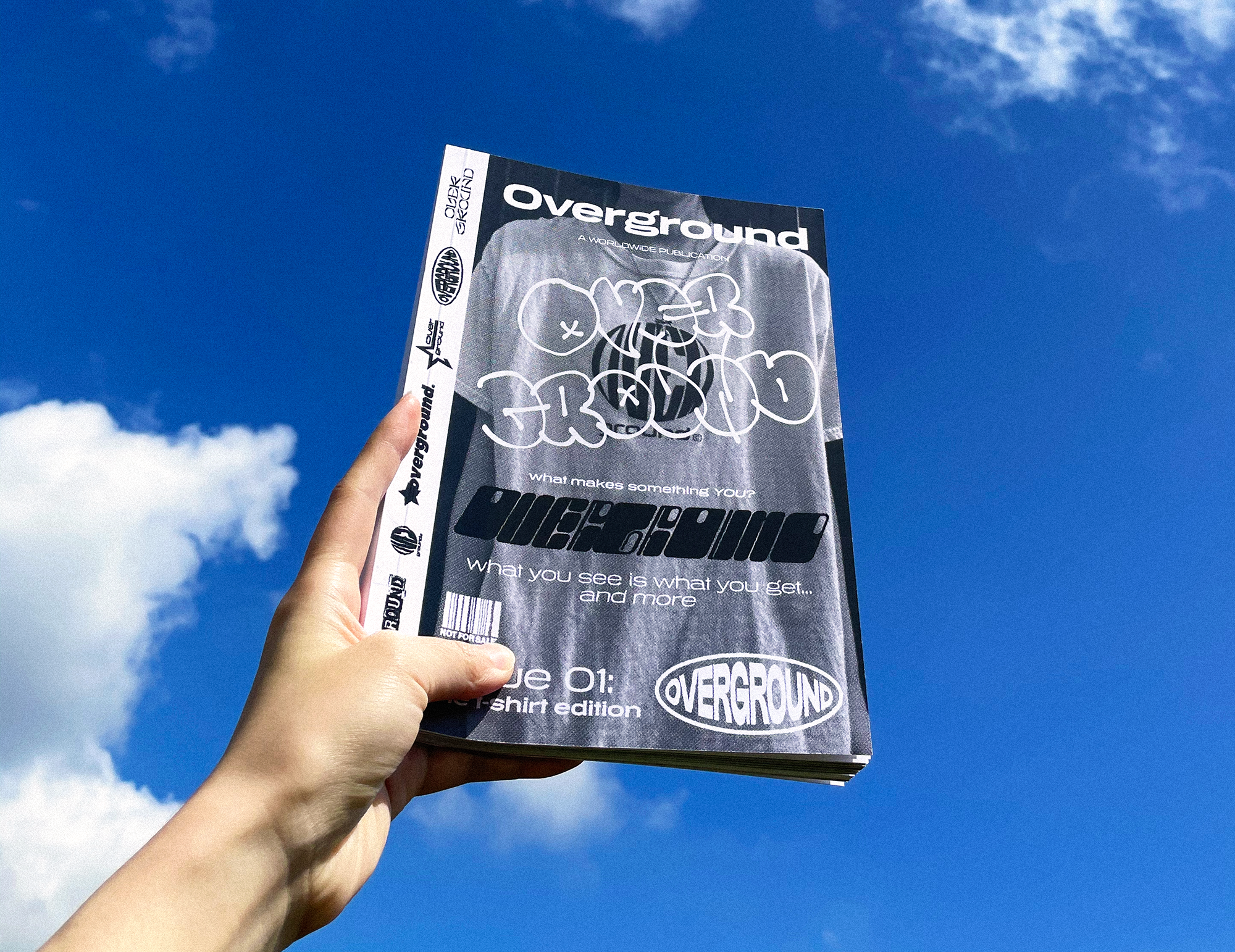
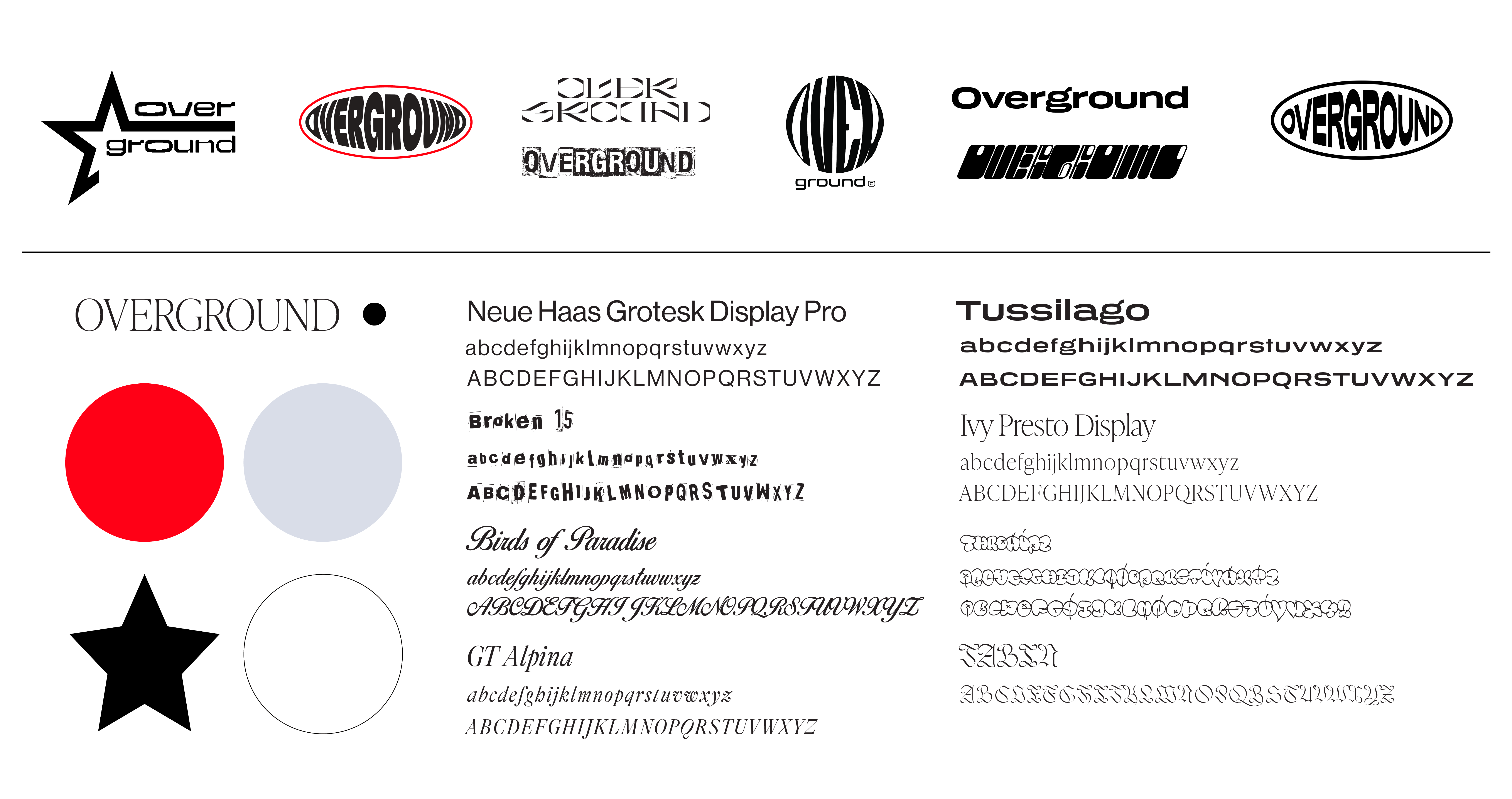
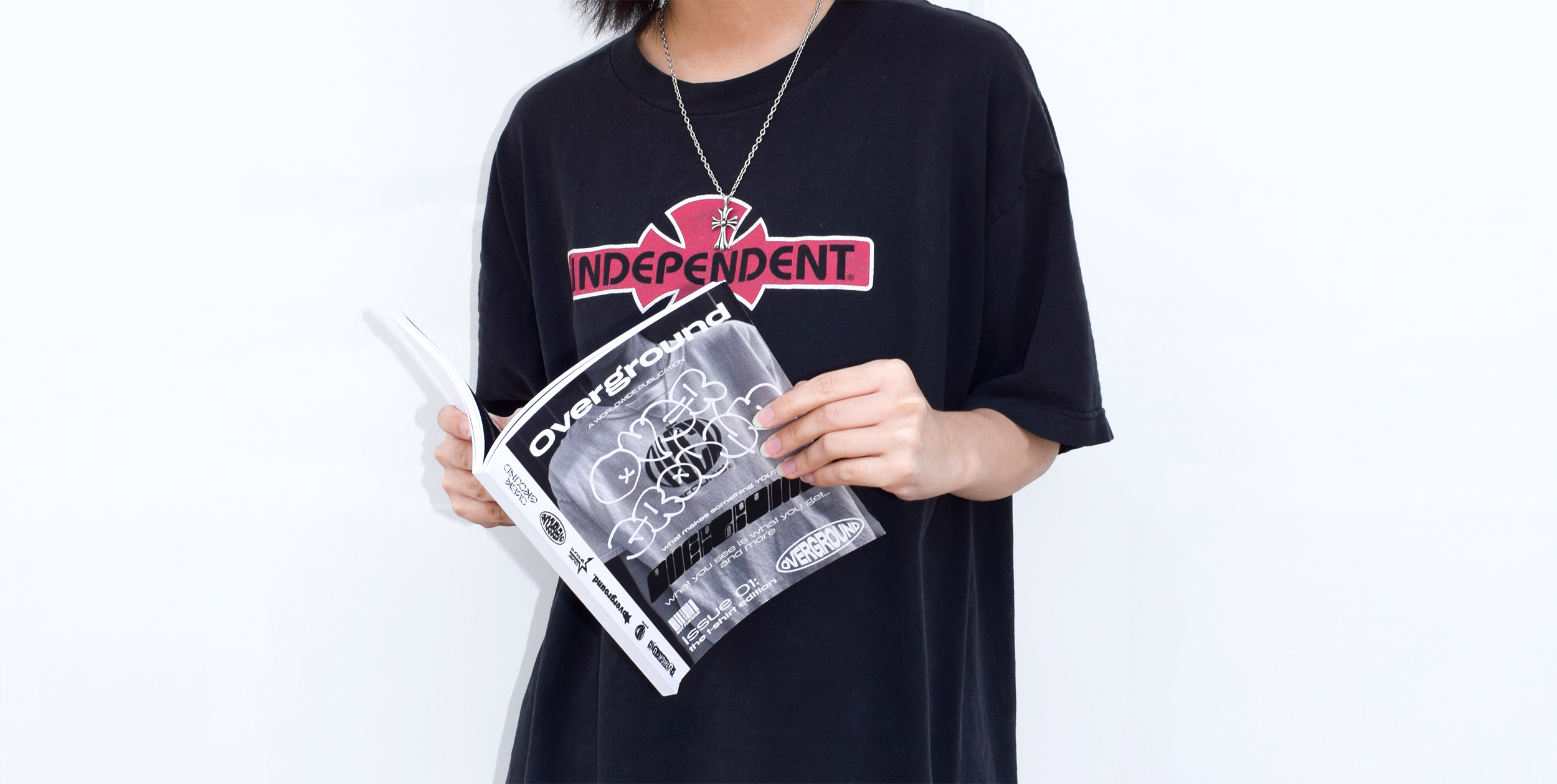
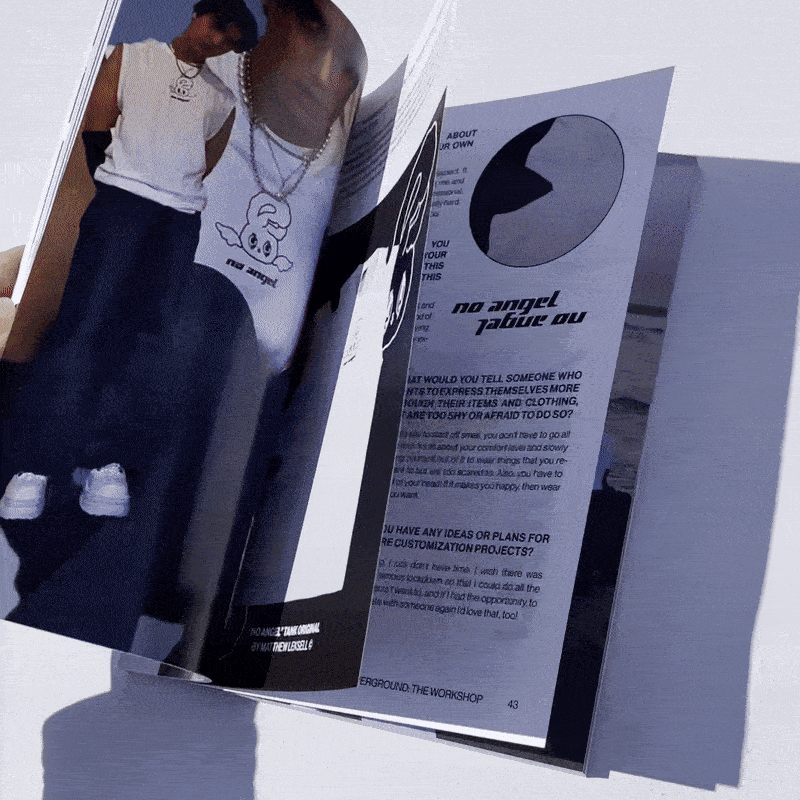
☞ Part 1: The Workshop
The first part of the publication features a workshop where each participant was given an identical item of clothing: a plain white long sleeve cotton t-shirt. They were then told to customize, personalize, or alter the piece in any way they like. The end results were documented photographically; illustrating how the item has changed depending on the person wearing it.
In addition, an interview component accompanied this lookbook section, which took the form of a conversation about who they are, their piece, how they altered it, and what these changes mean to the wearer.
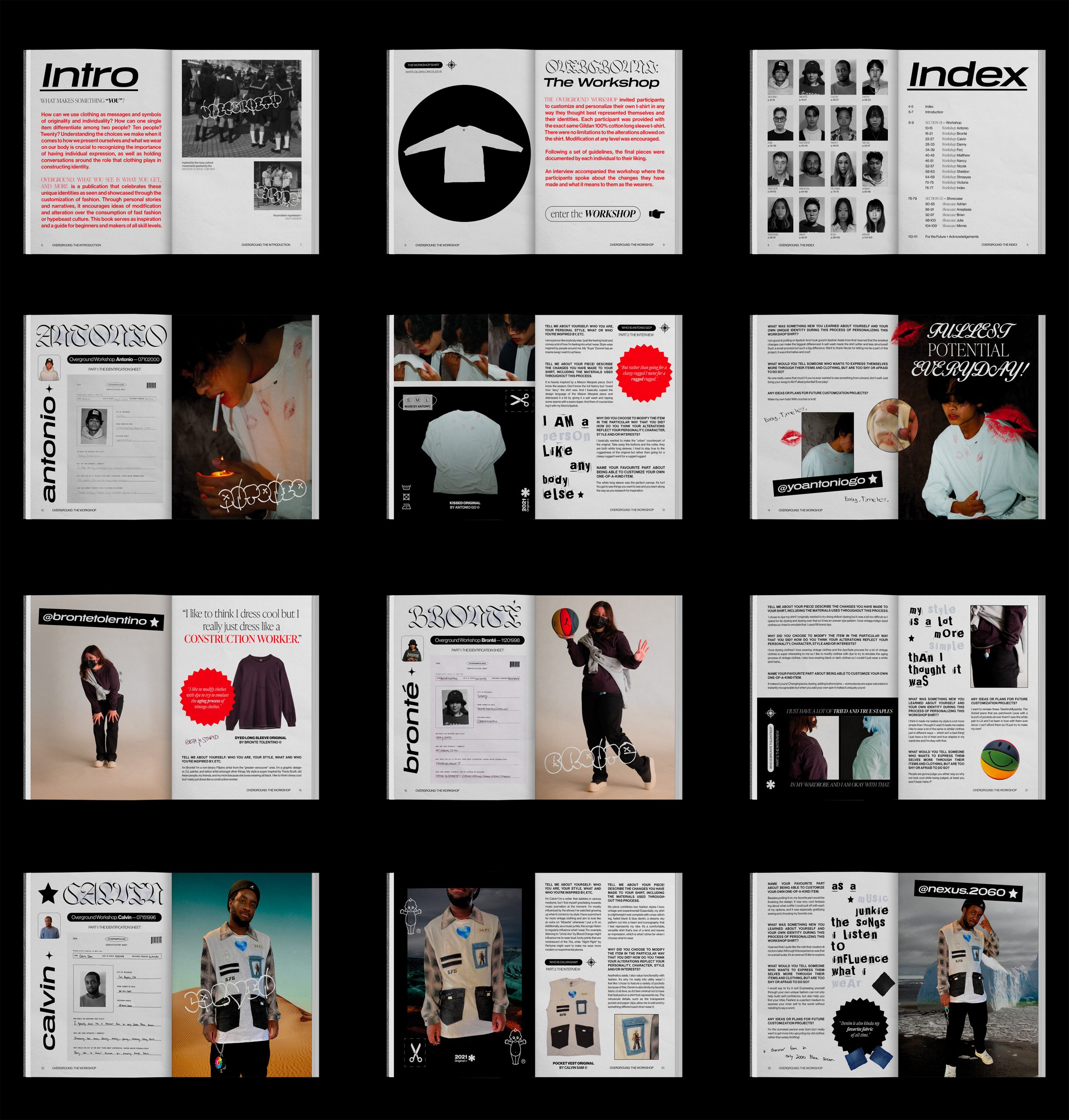
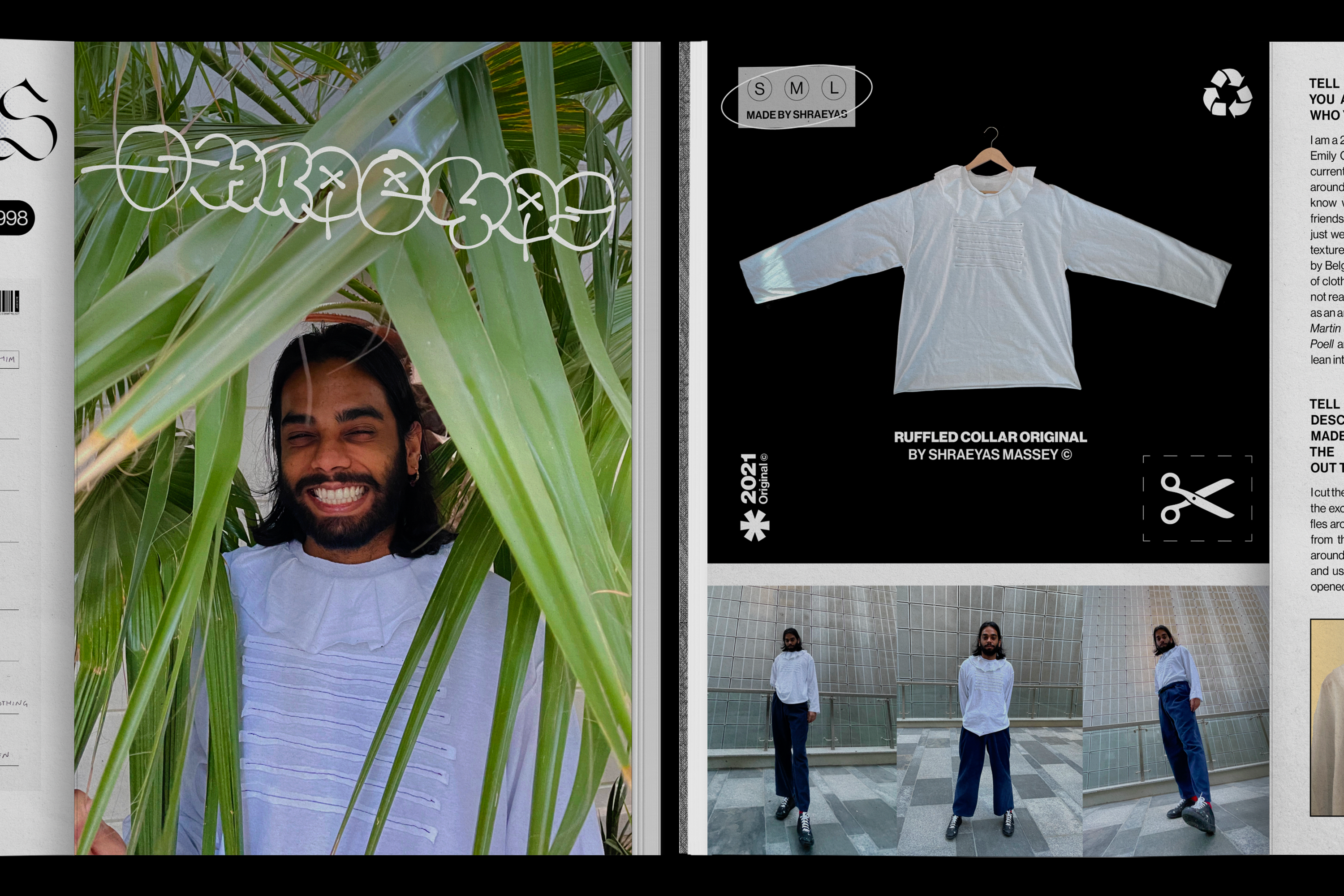
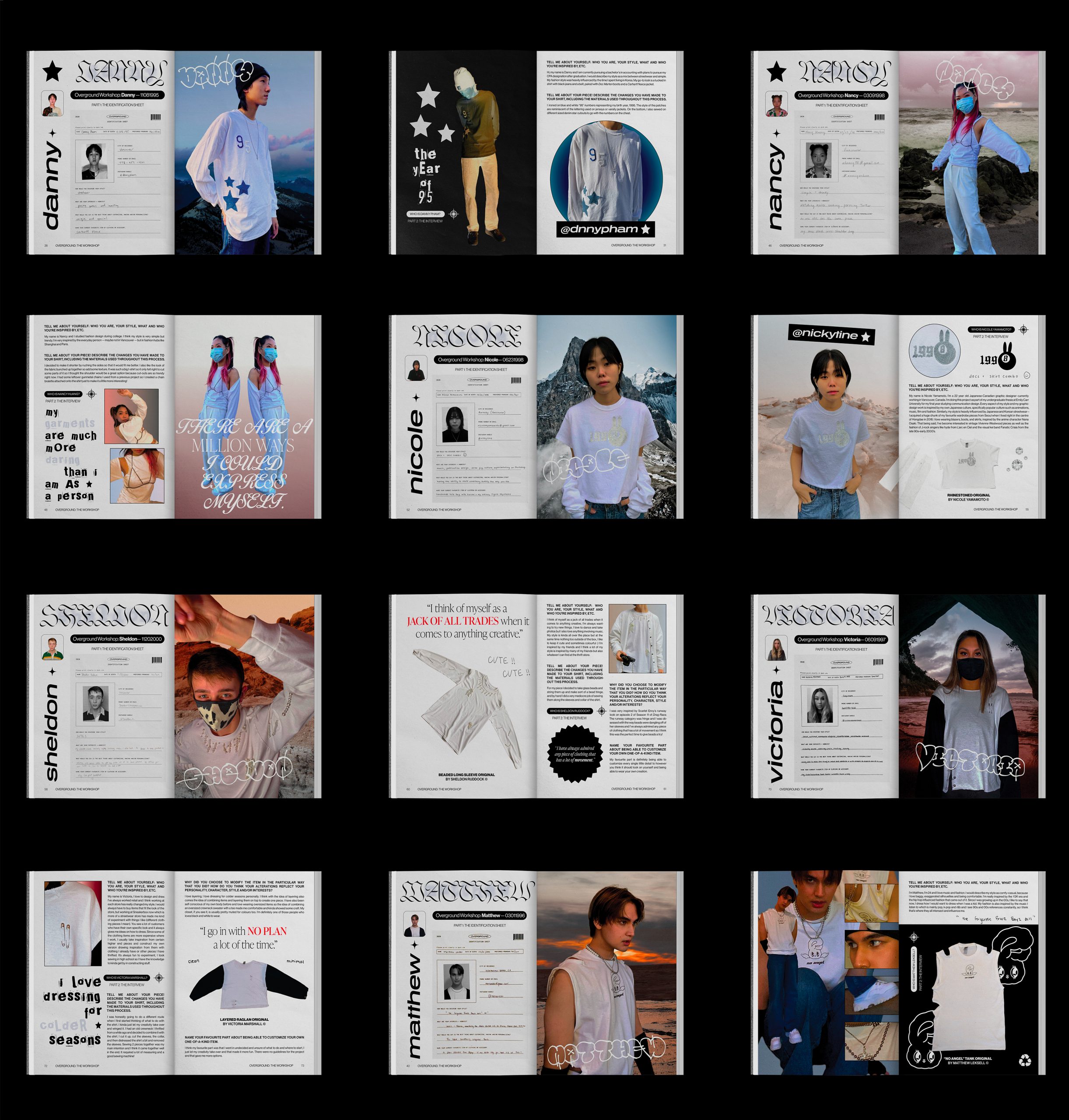
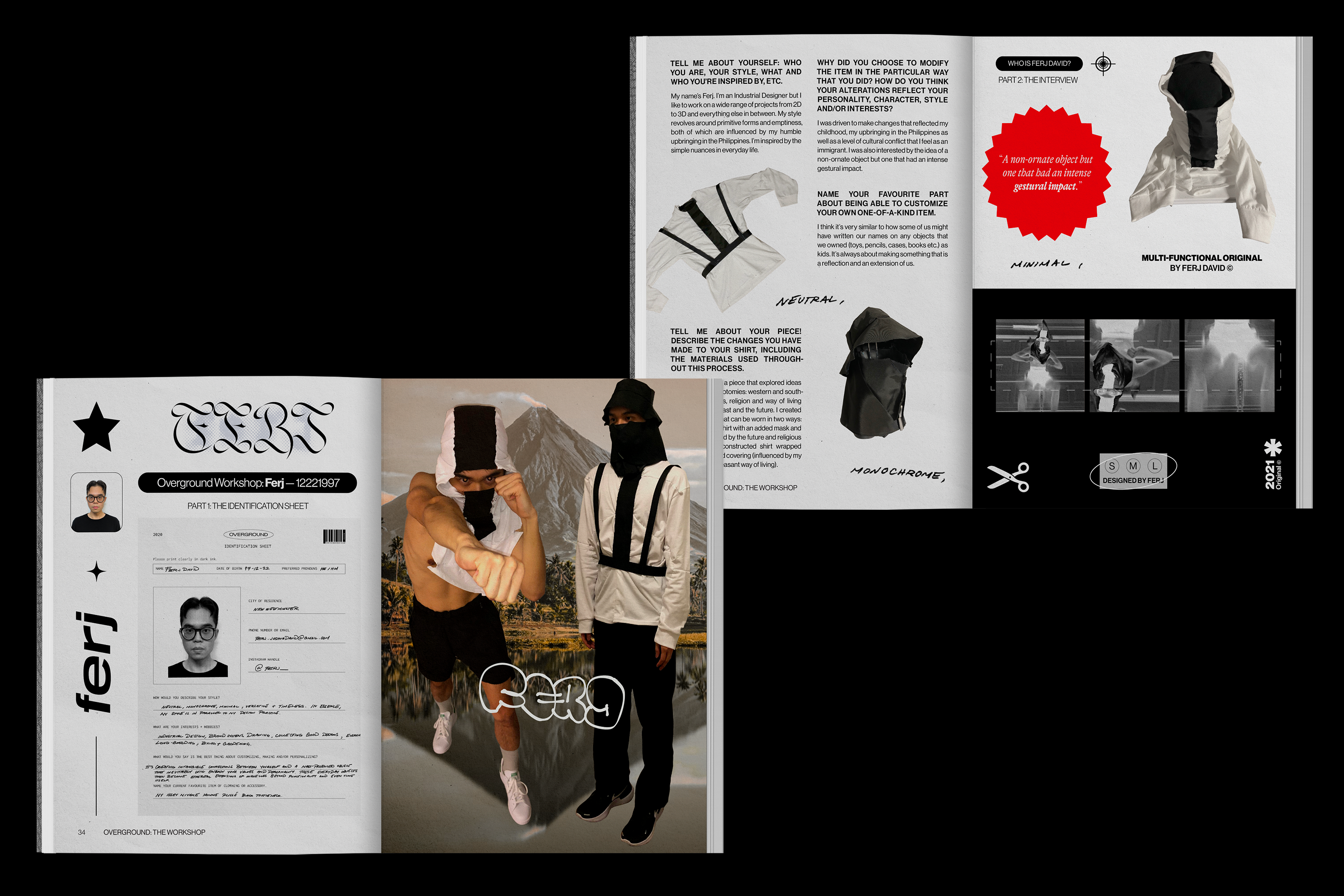
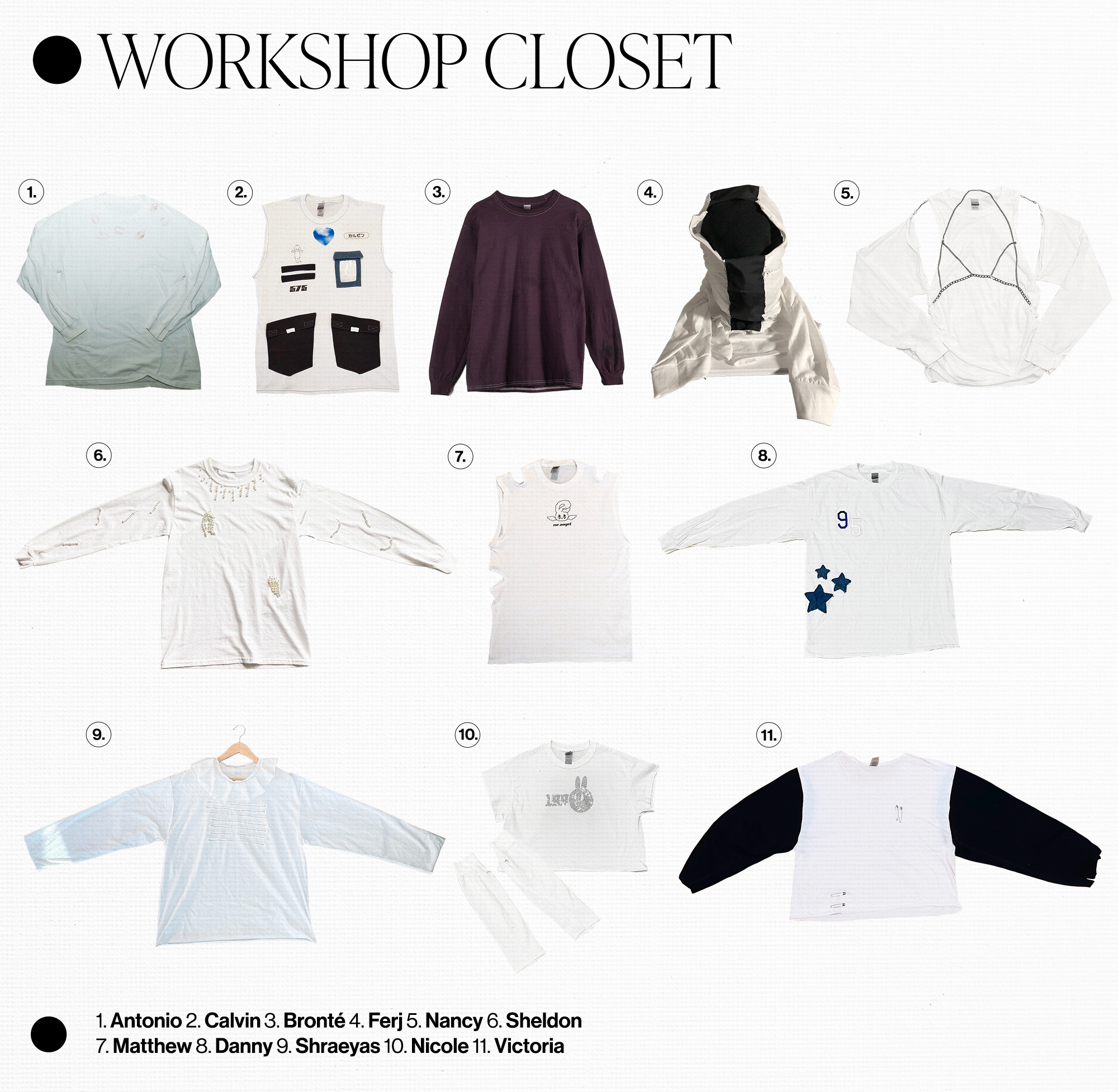
☞ Part 2: The Showcase
The second section of the publication is a showcase that highlights individuals that have produced or customized their own one-of-a-kind items, also accompanied with an interview.
These items included pieces that went beyond a plain white t-shirt. Similar to the workshop, they model their creations and speak about why they created it, what they were inspired by, and how it presents their identity.
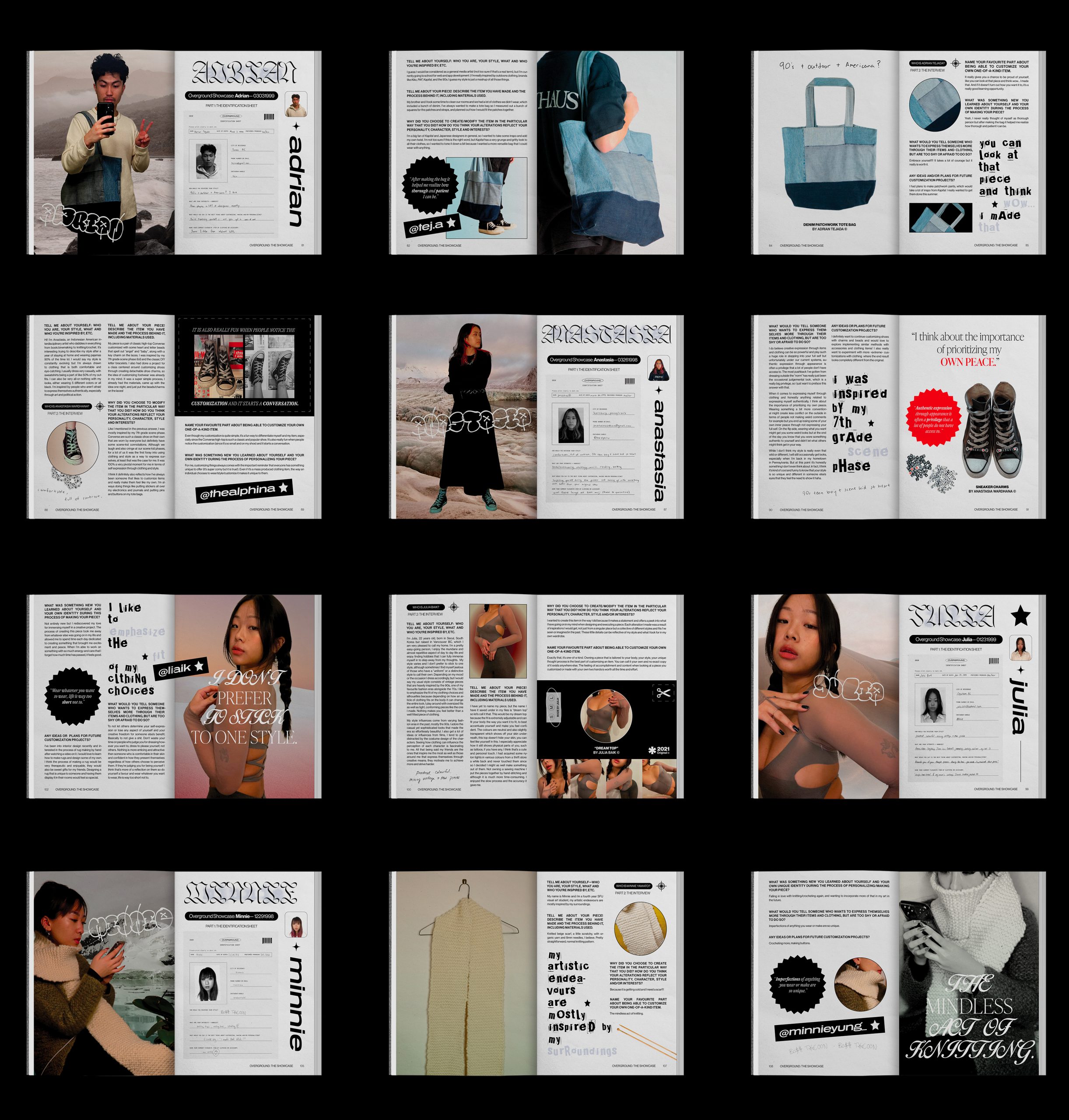
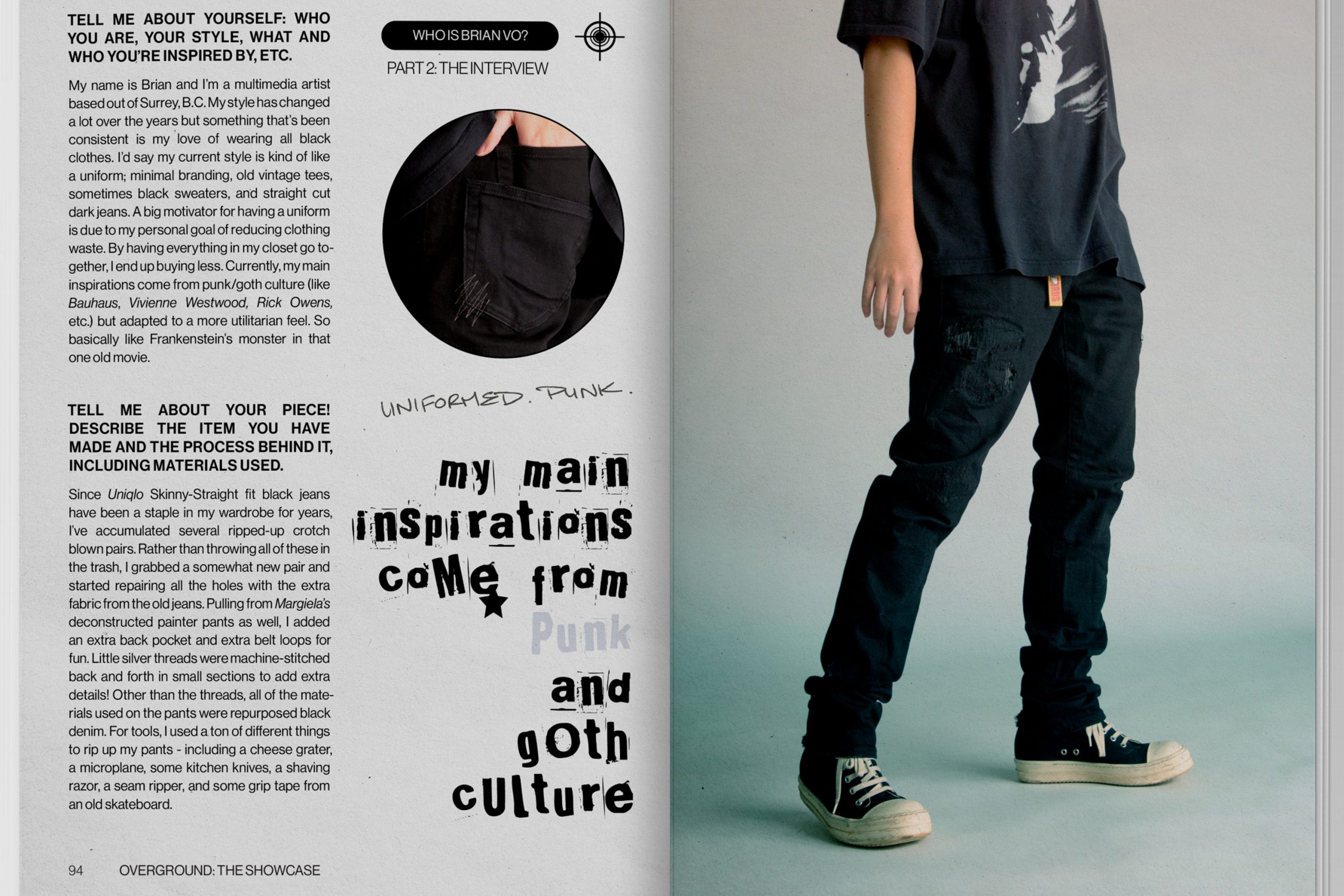
☞ Part 3: Try it at Home Pullout Zine
The third category takes the form of a pullout zine. It is an easy, no-sew try it at home prompt that also allows readers to participate in the Overground workshop themselves.
It includes step-by-step instructions on how to make your own custom graphic tee, giving the audience the foundations of clothing customization without needing a sewing machine.
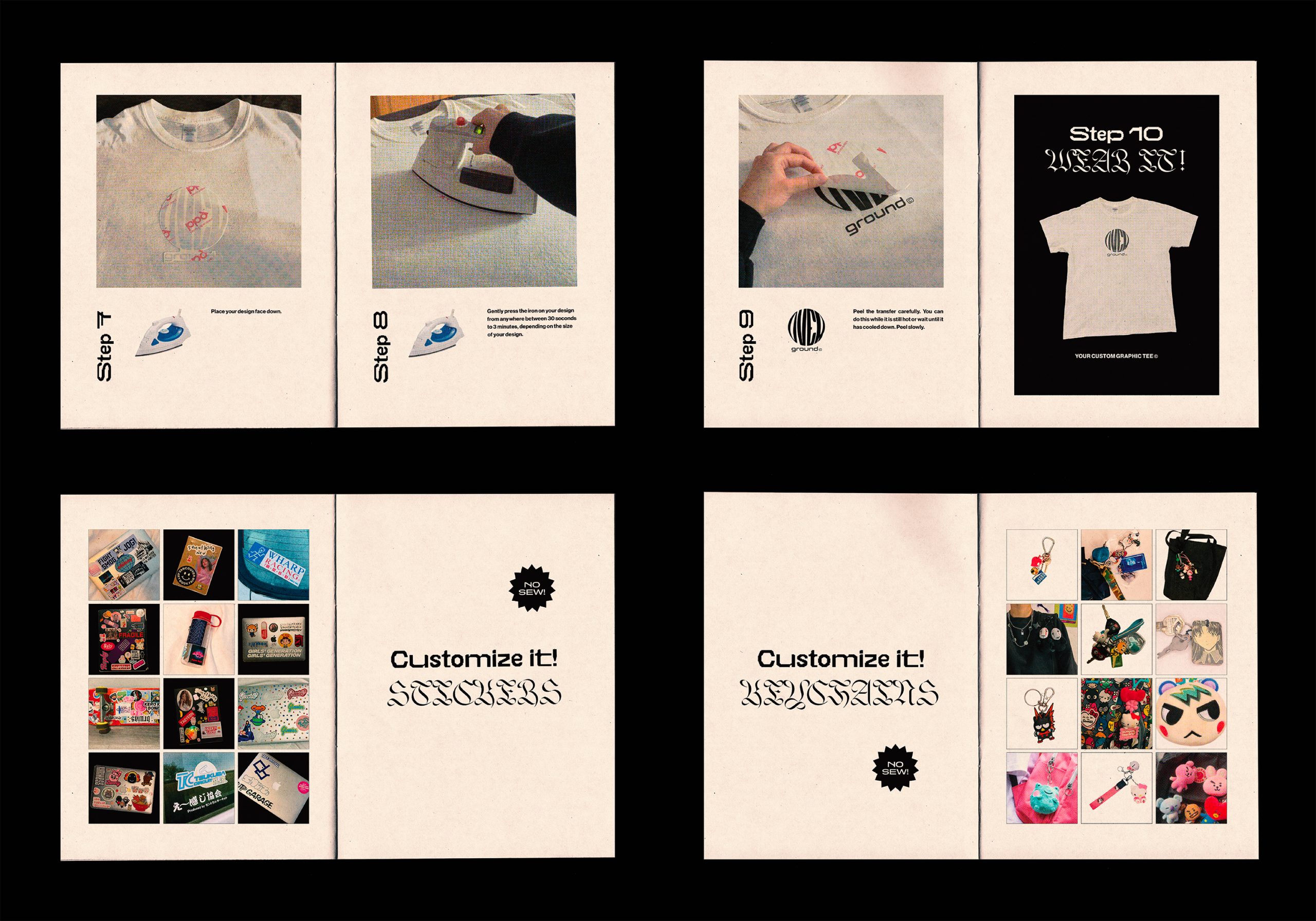
☞ Overground Website
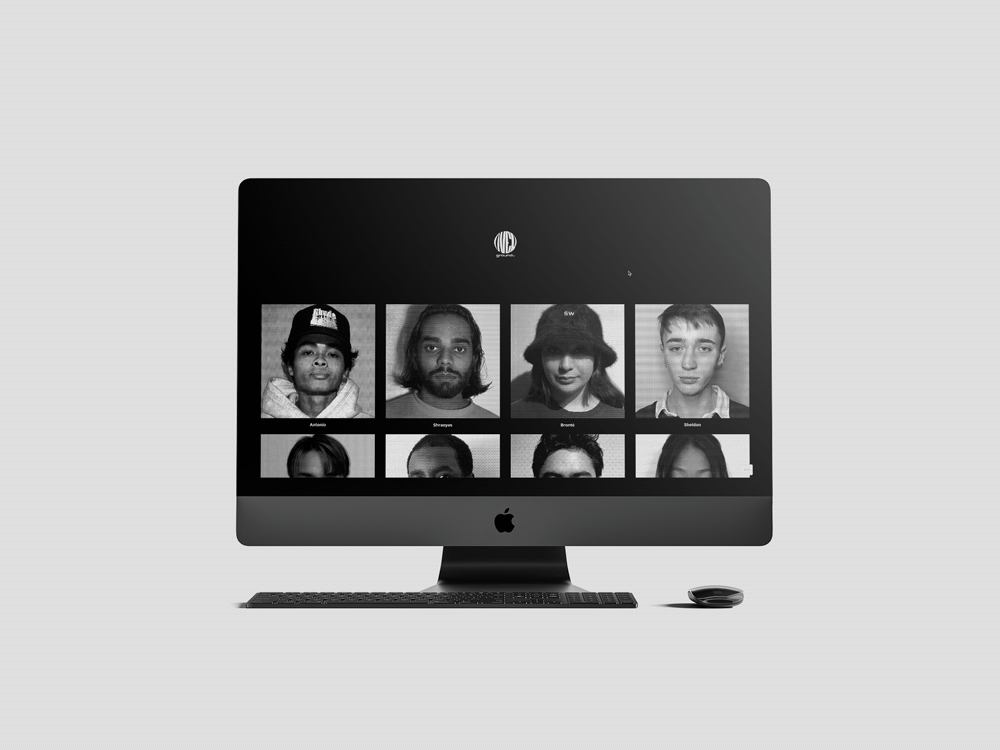
📁 View individual spreads digitally through the Overground website.
Compatible on both desktop and mobile devices.
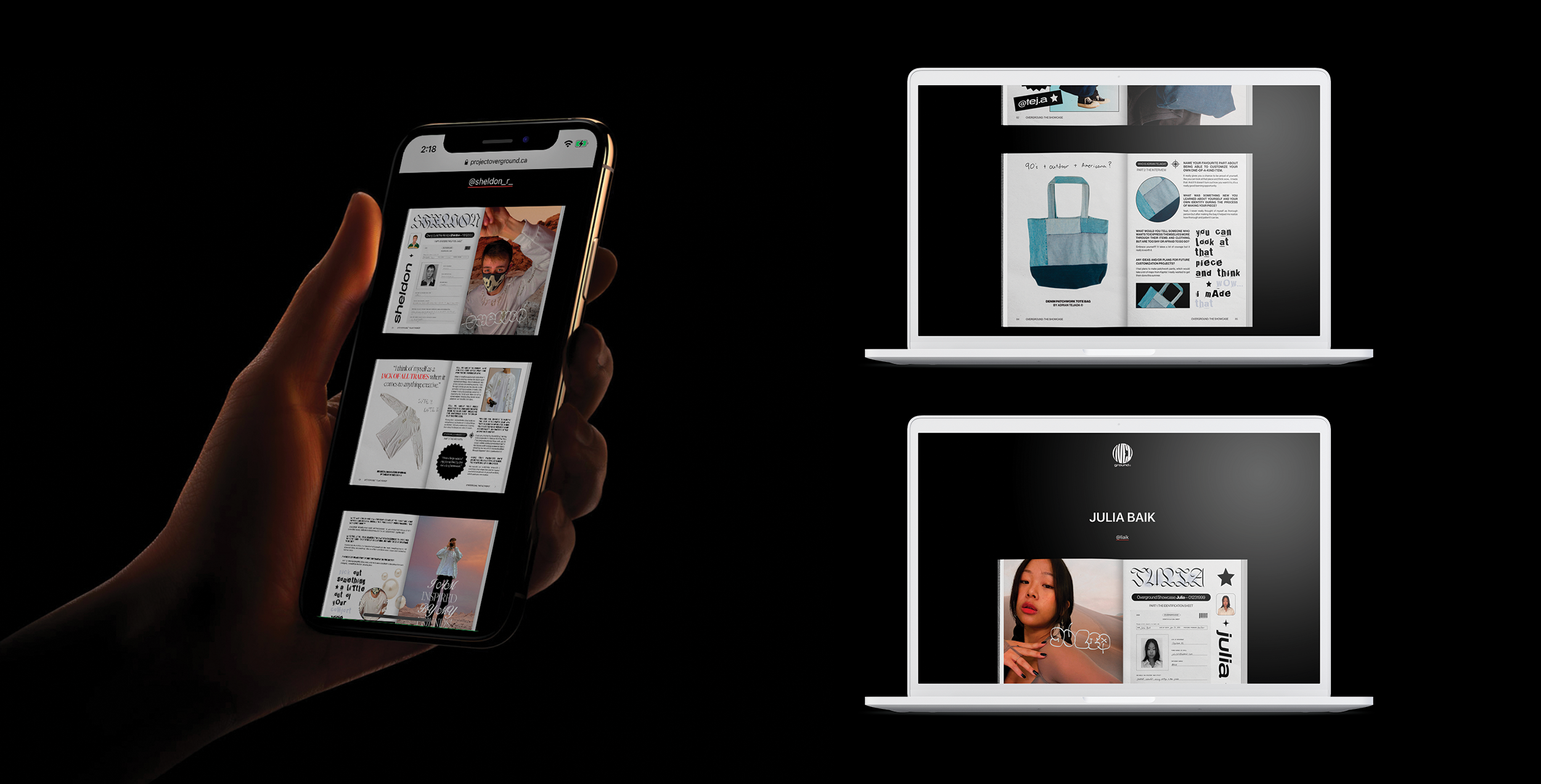
☞ Acknowledgements
Thank you to all my participants! This project would not exist without each and everyone of you. The responses to the Q&A went above and beyond my expectations, and the results of both the workshop and showcase pieces were phenomenal. Thank you to my instructor, Christopher Hethrington for all the time helping me develop this idea from the start and providing insightful feedback throughout the entire year. 💌
I live and operate on the unceded territory of Sḵwx̱wú7mesh (Squamish), Stó:lō and Səl̓ílwətaʔ/Selilwitulh (Tsleil-Waututh) and xʷməθkʷəy̓əm (Musqueam) Nations.
